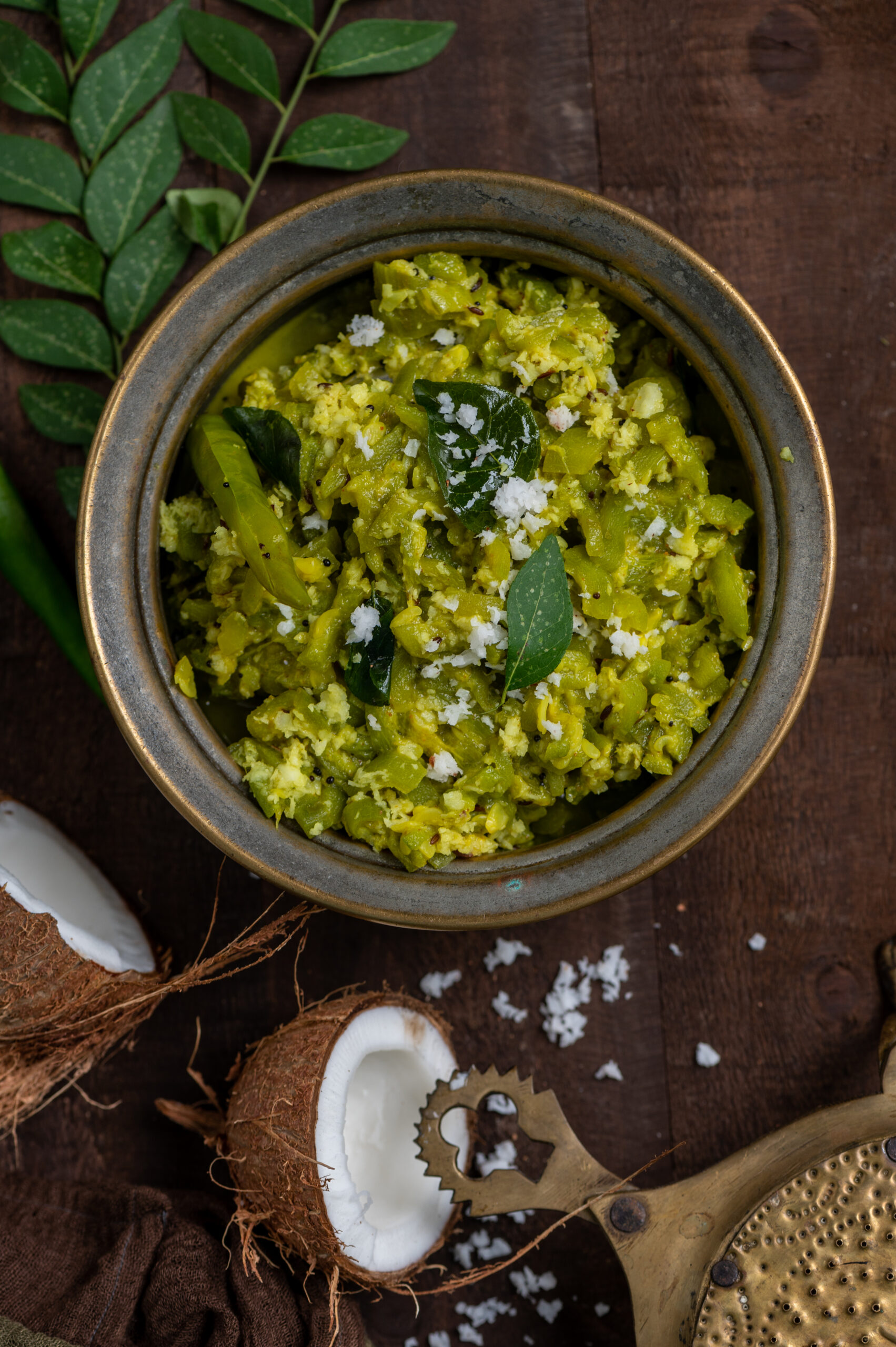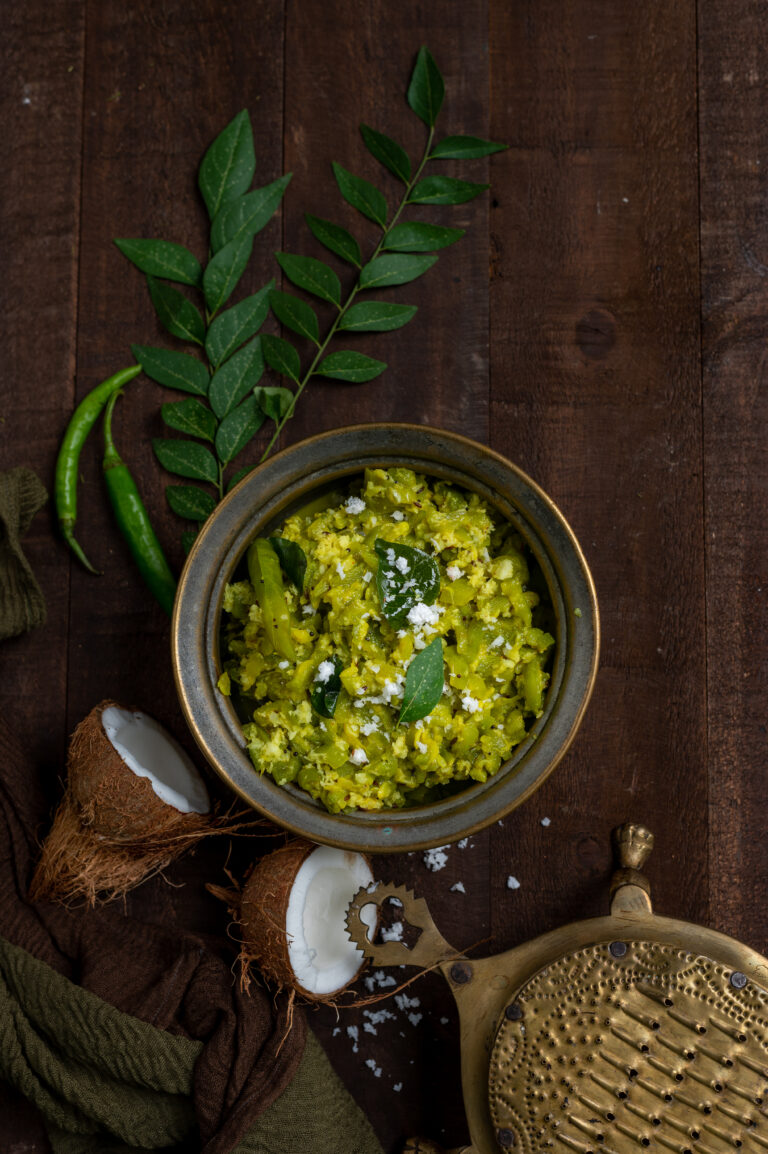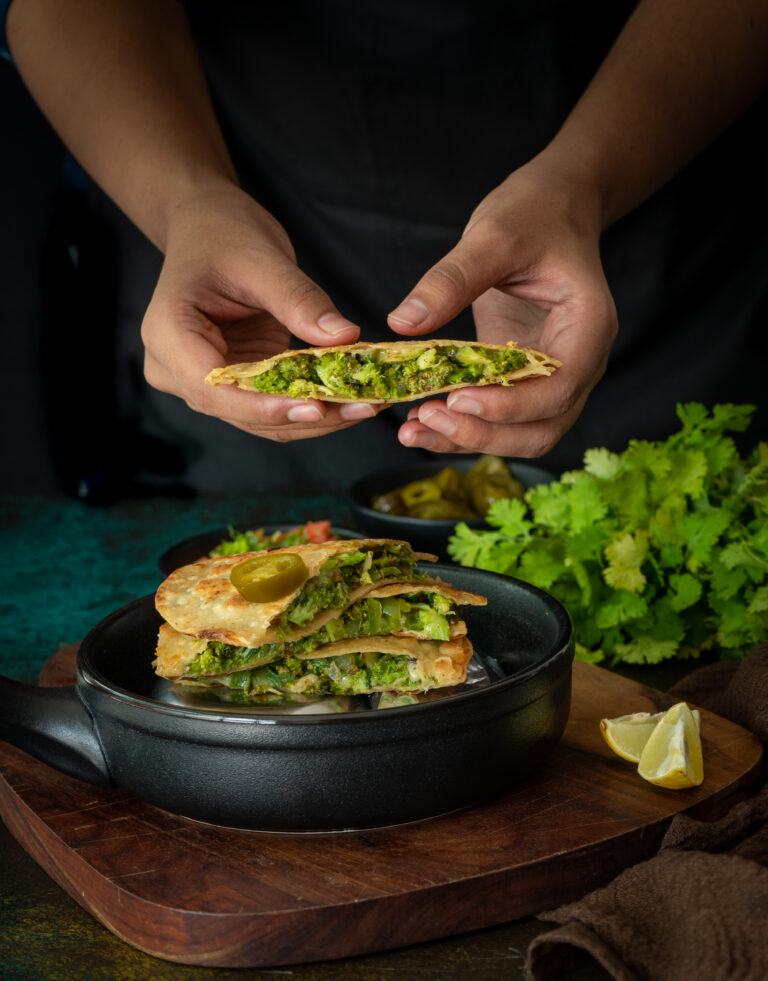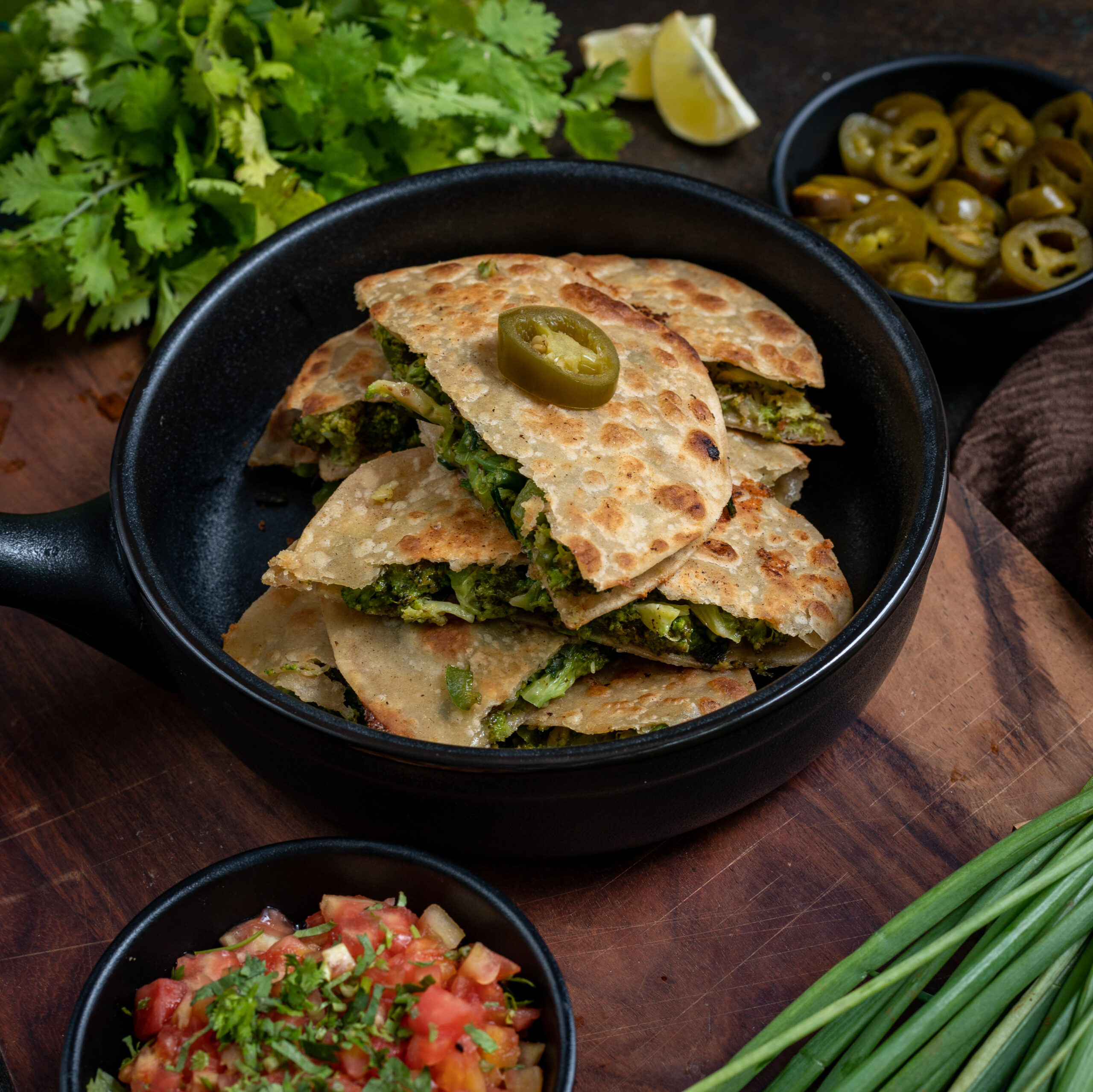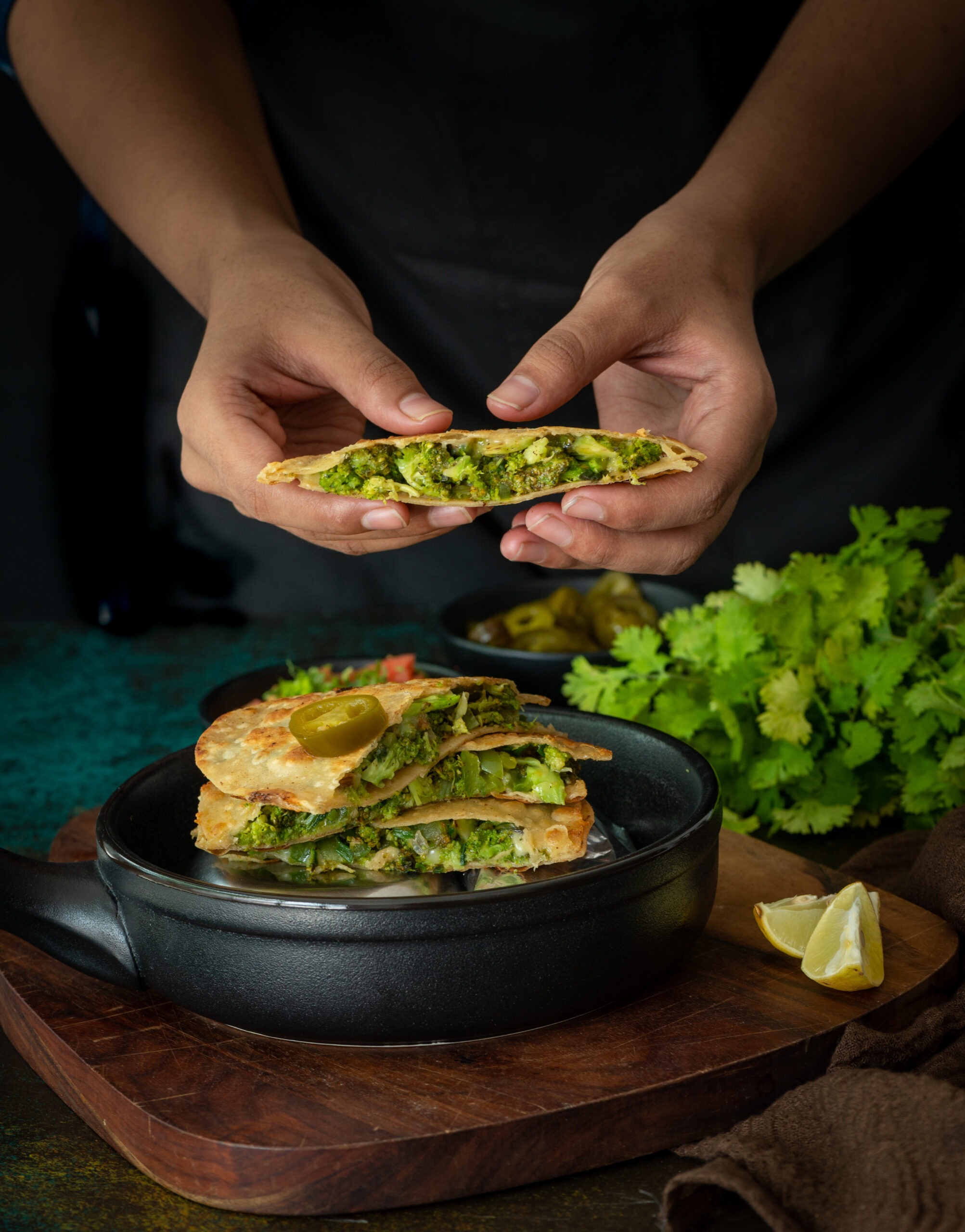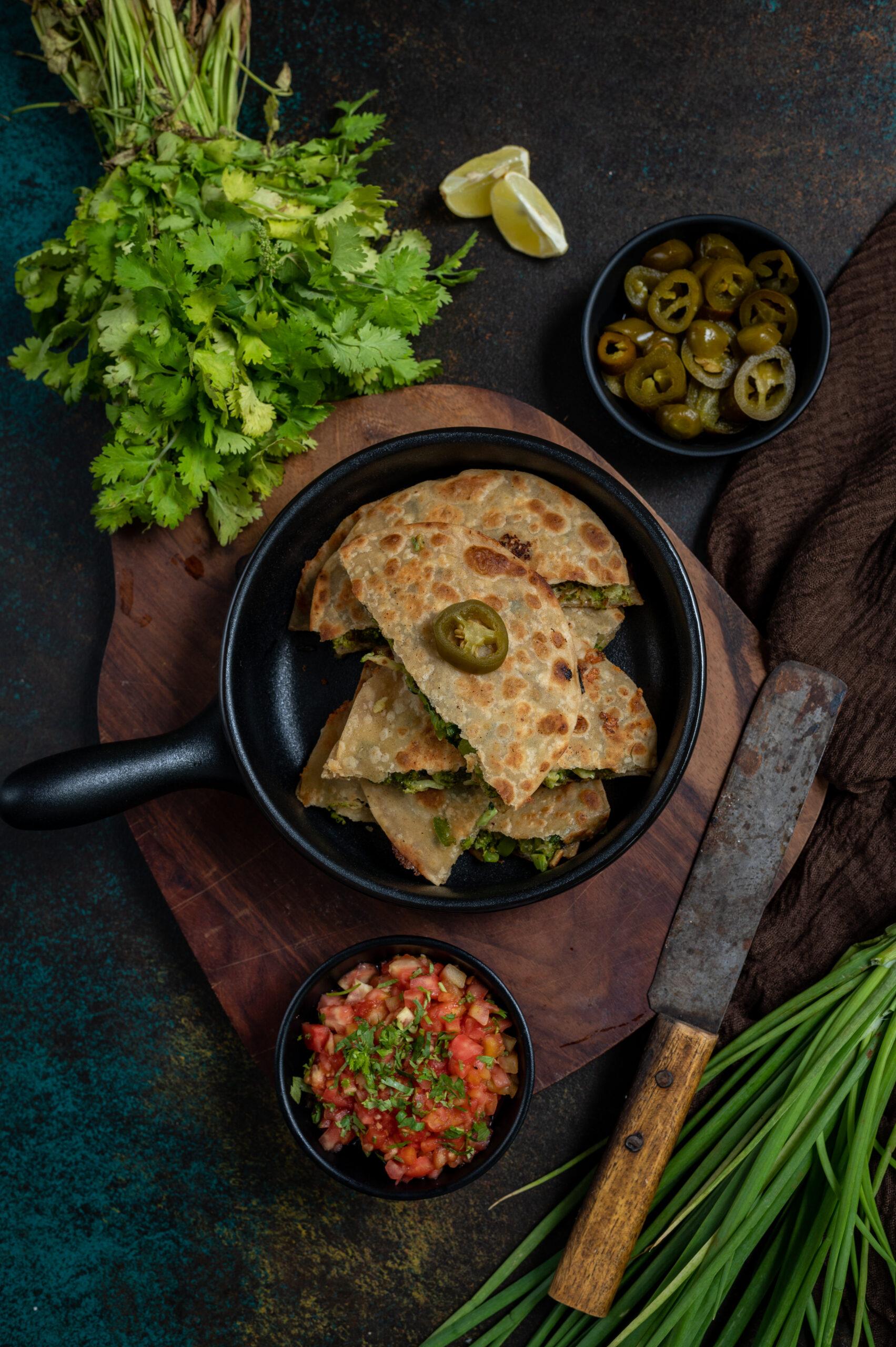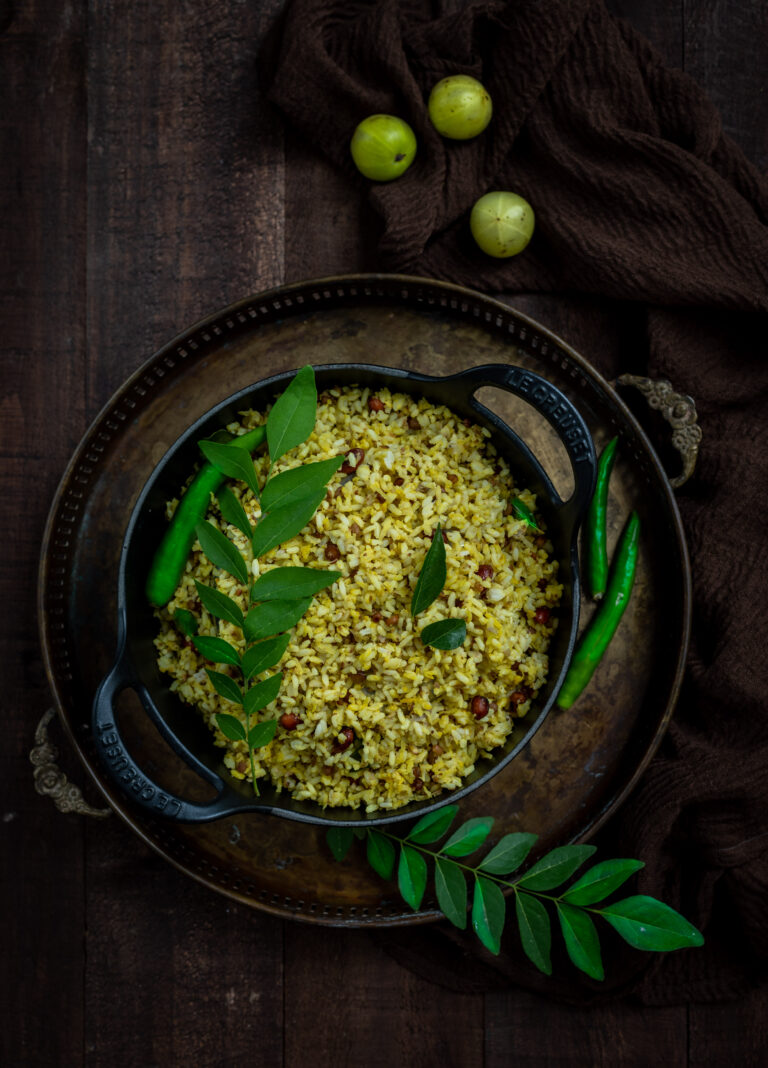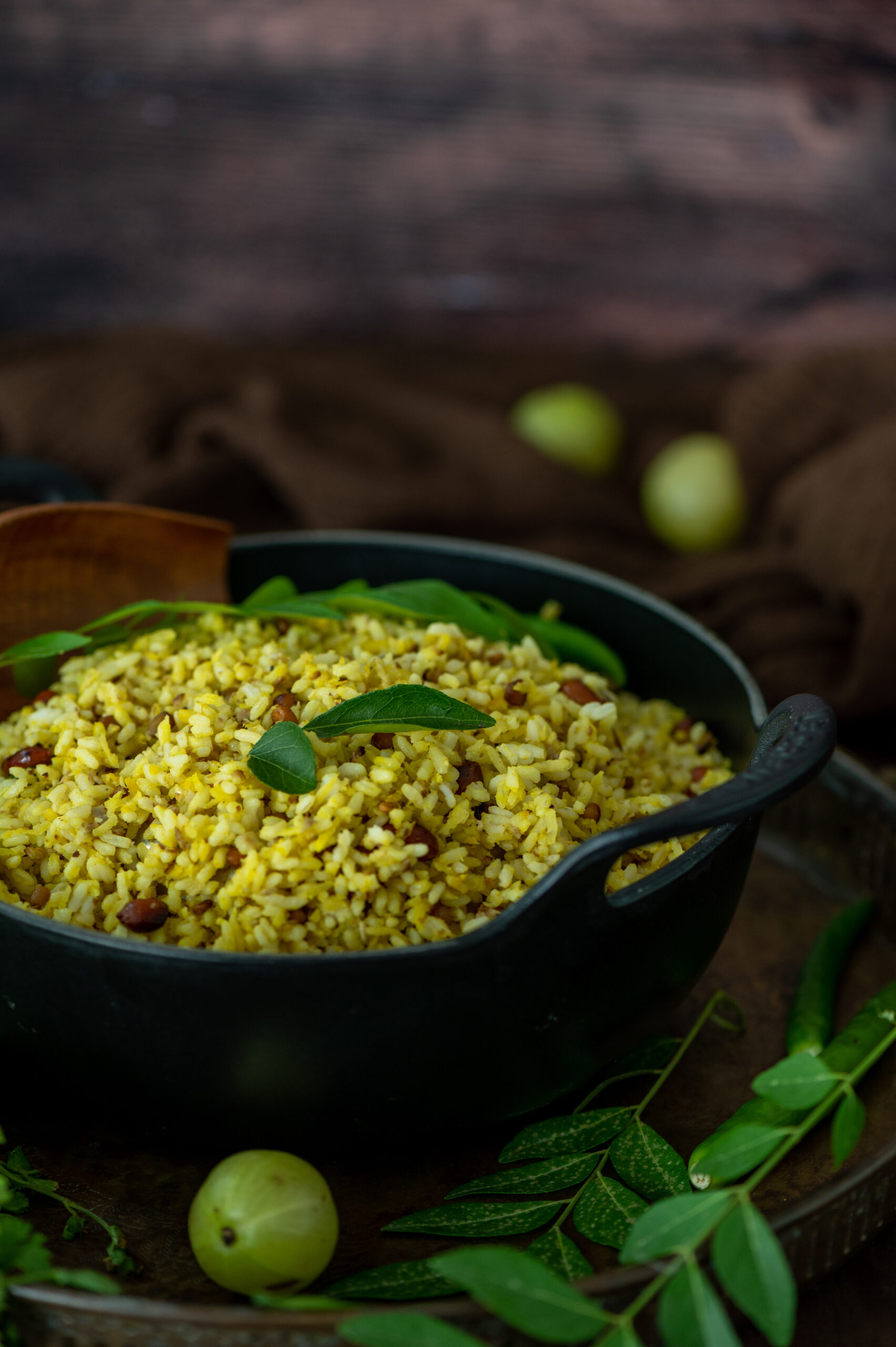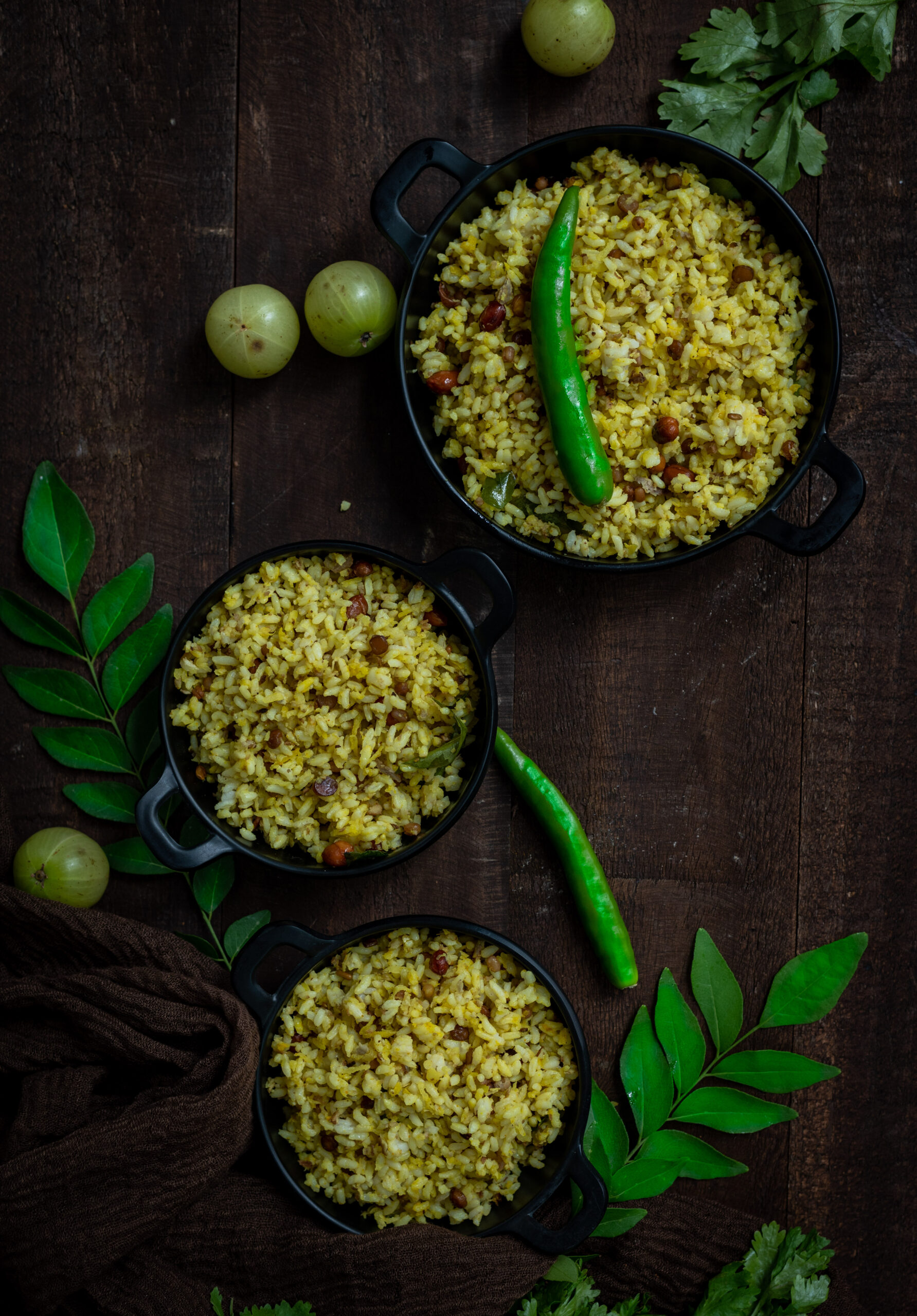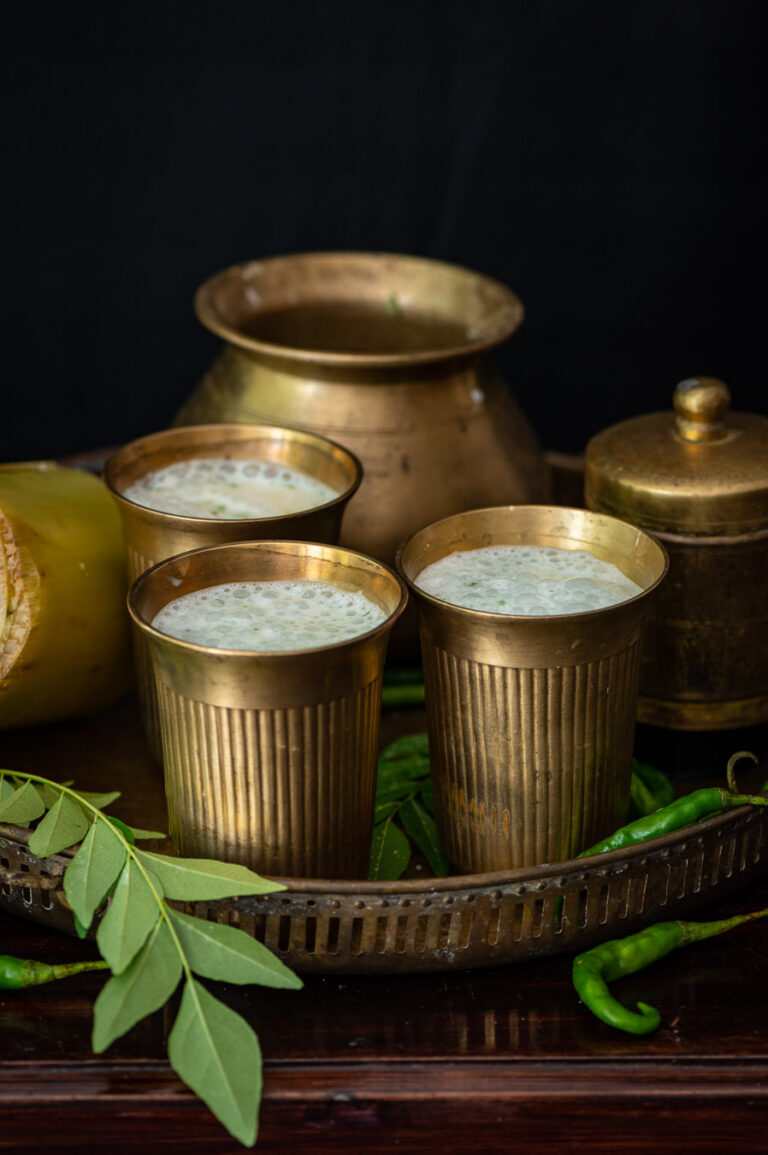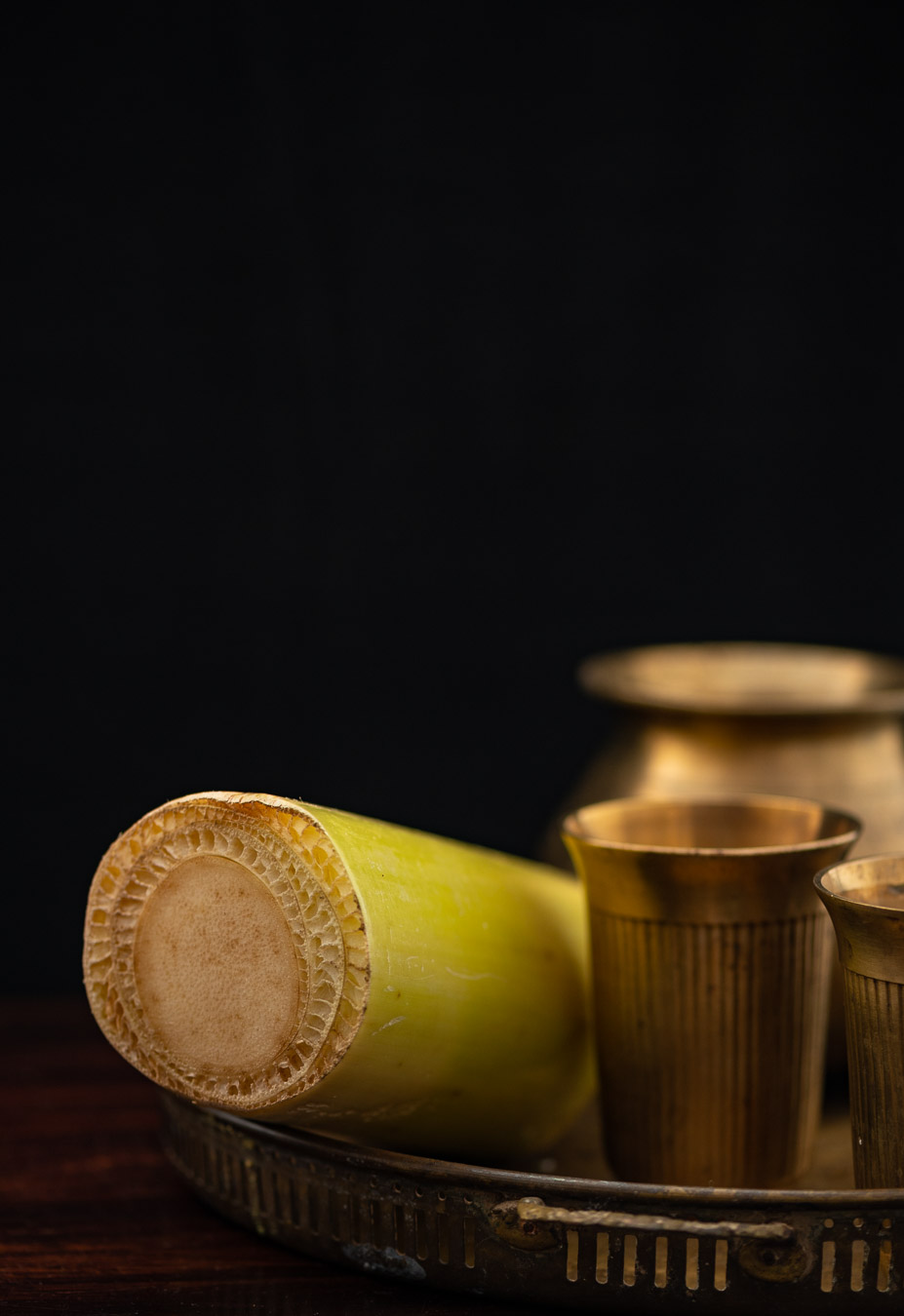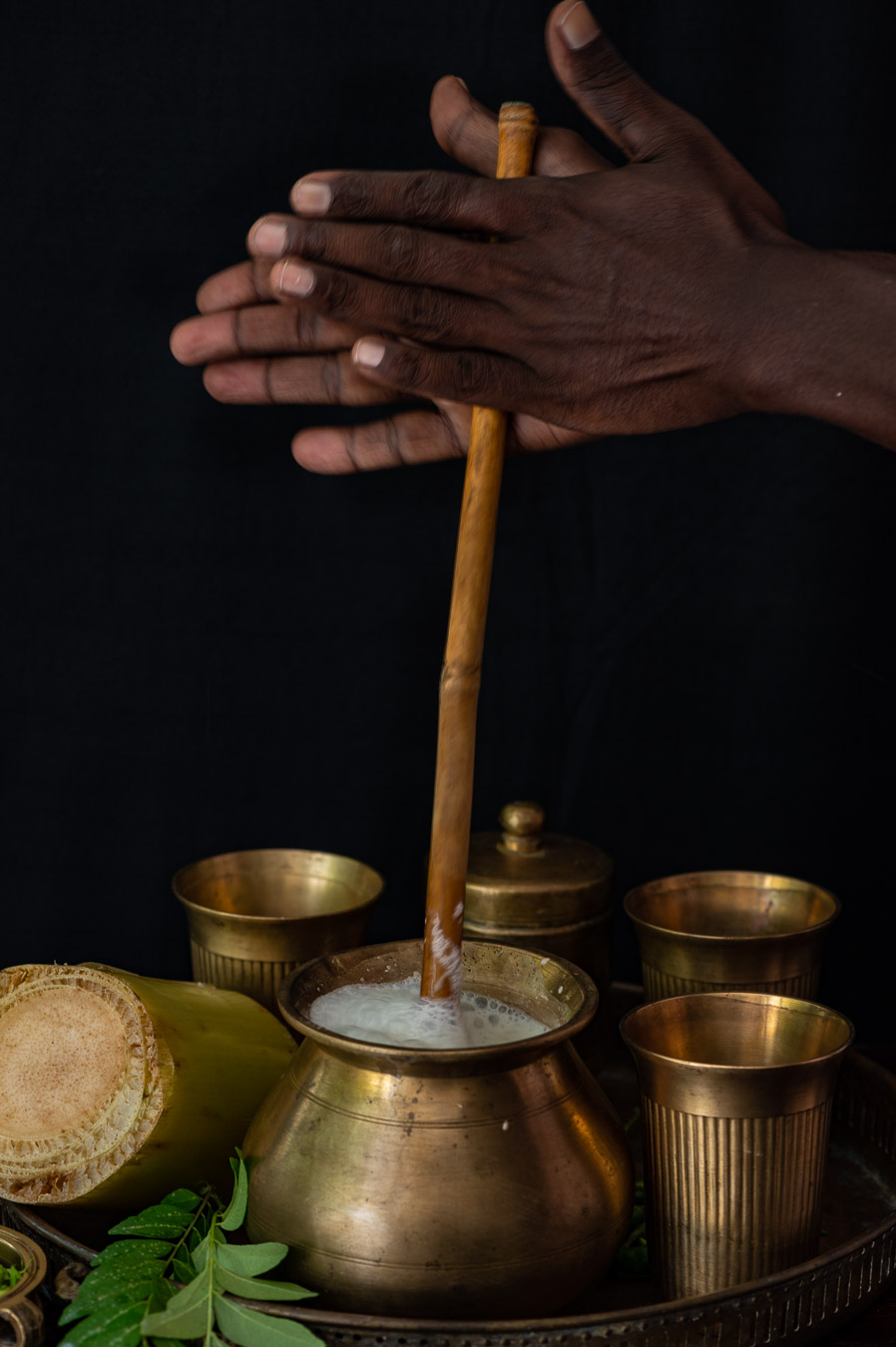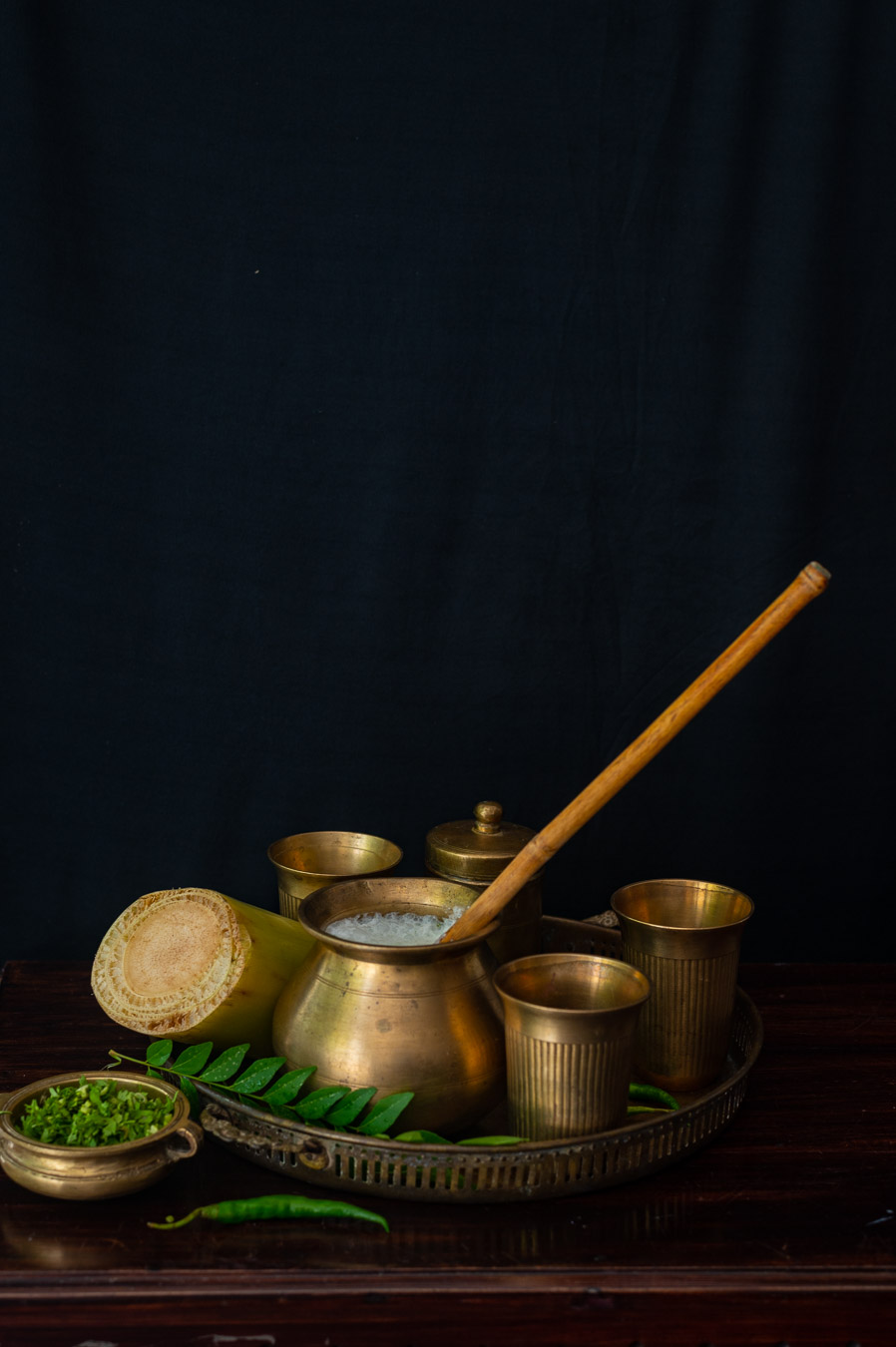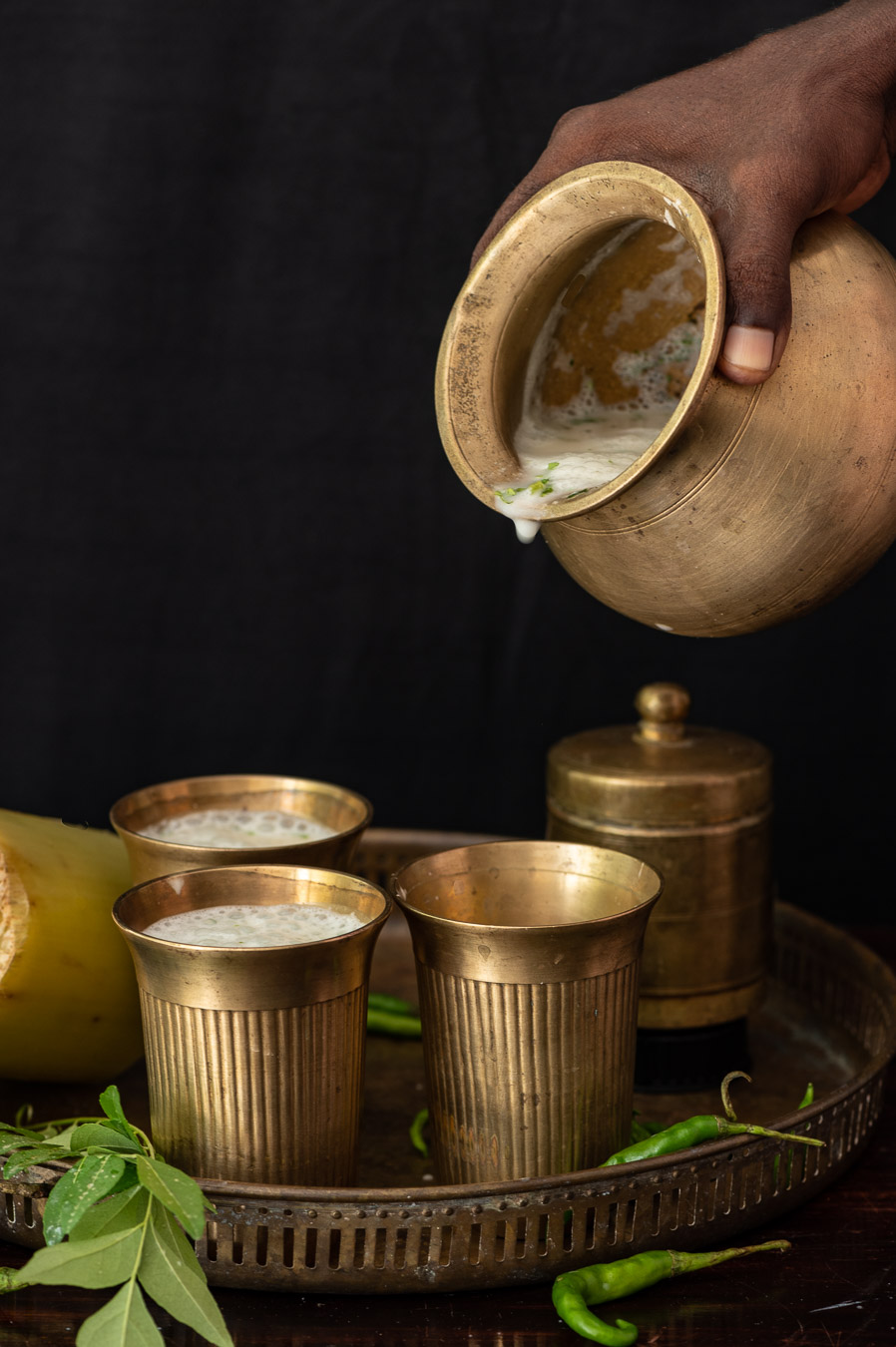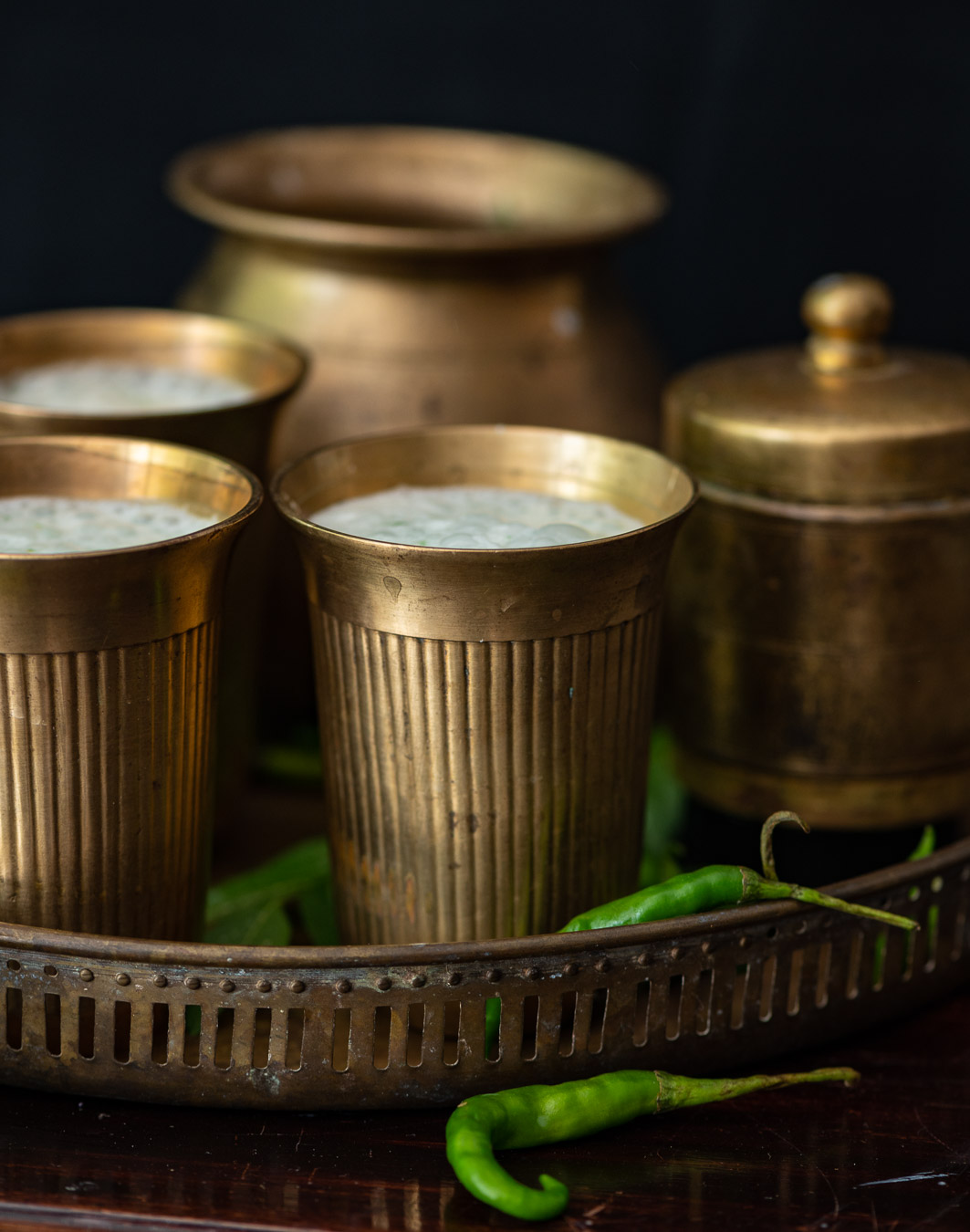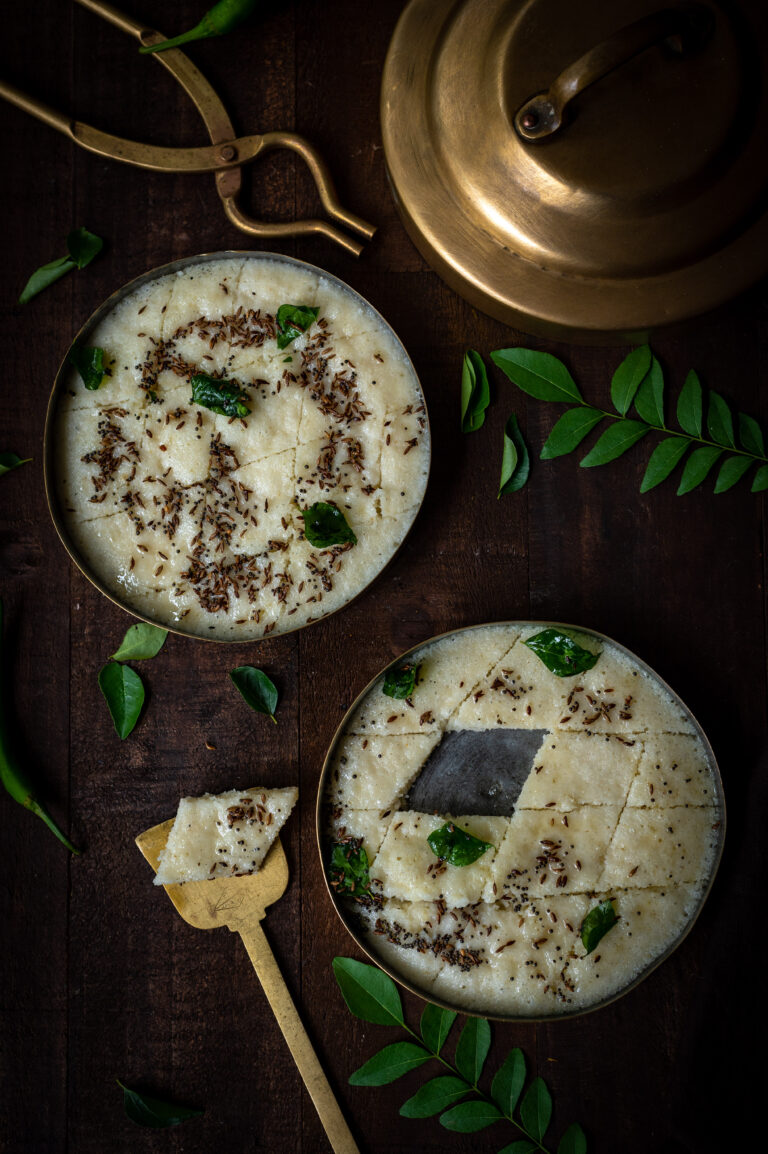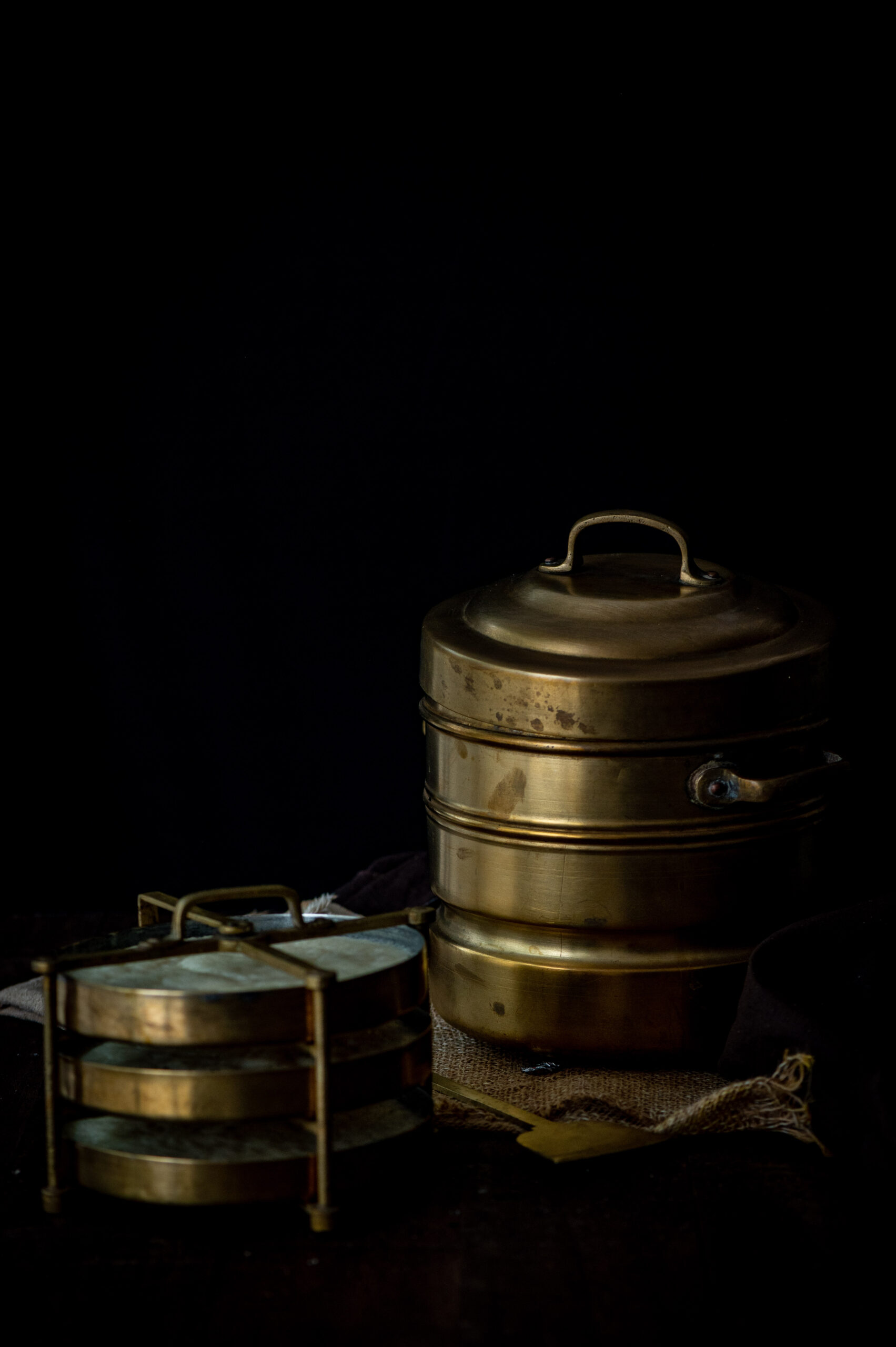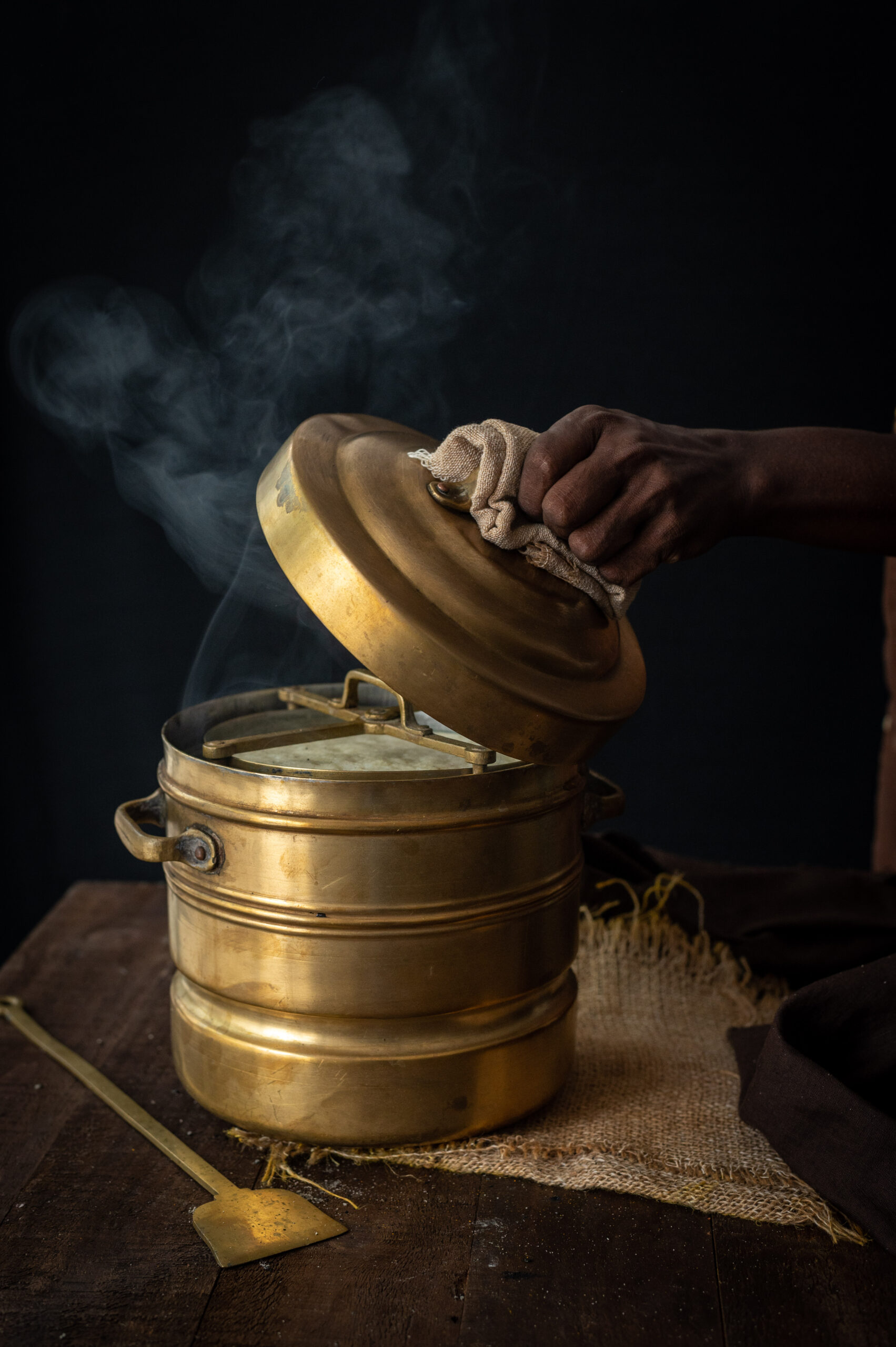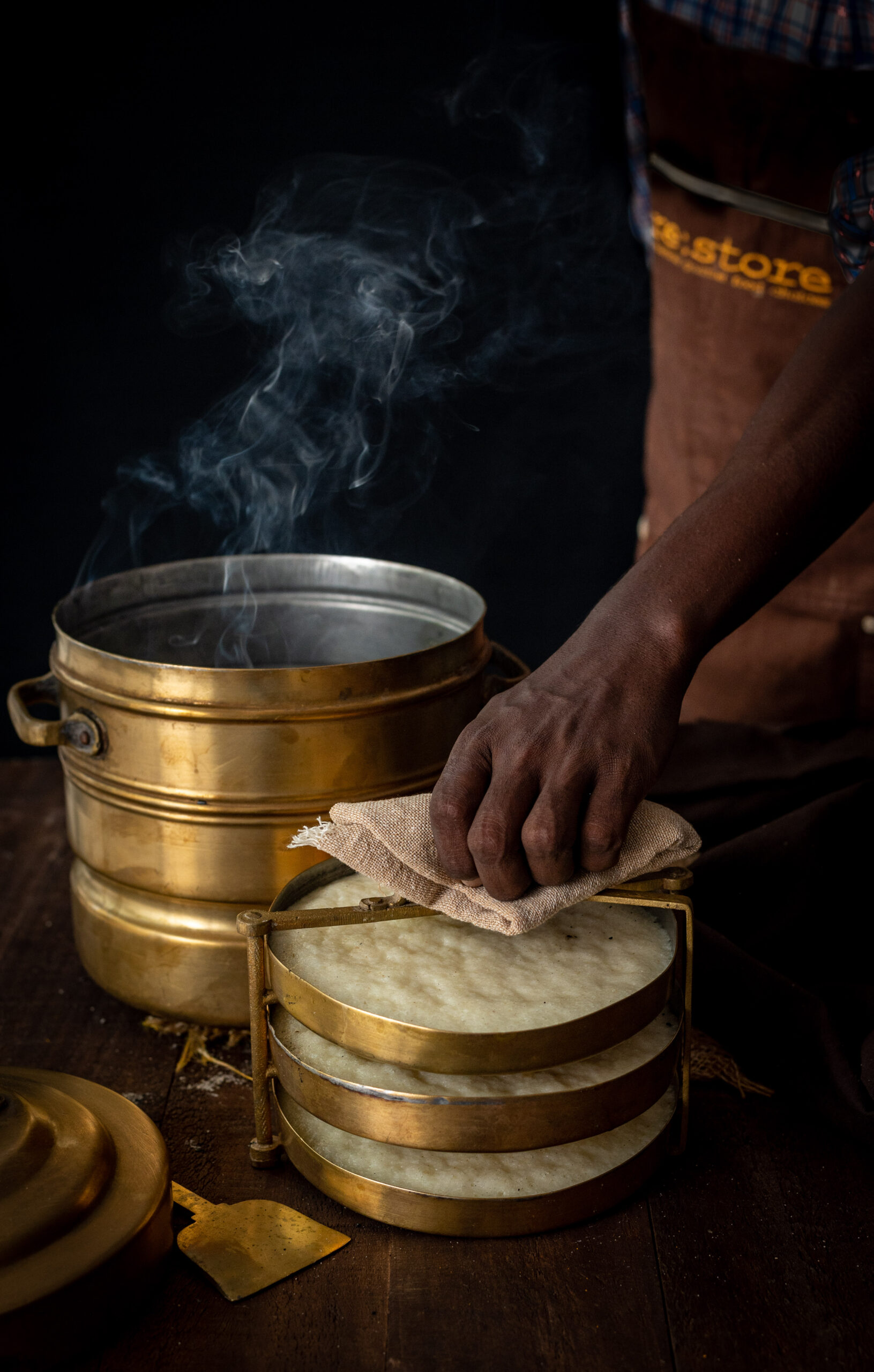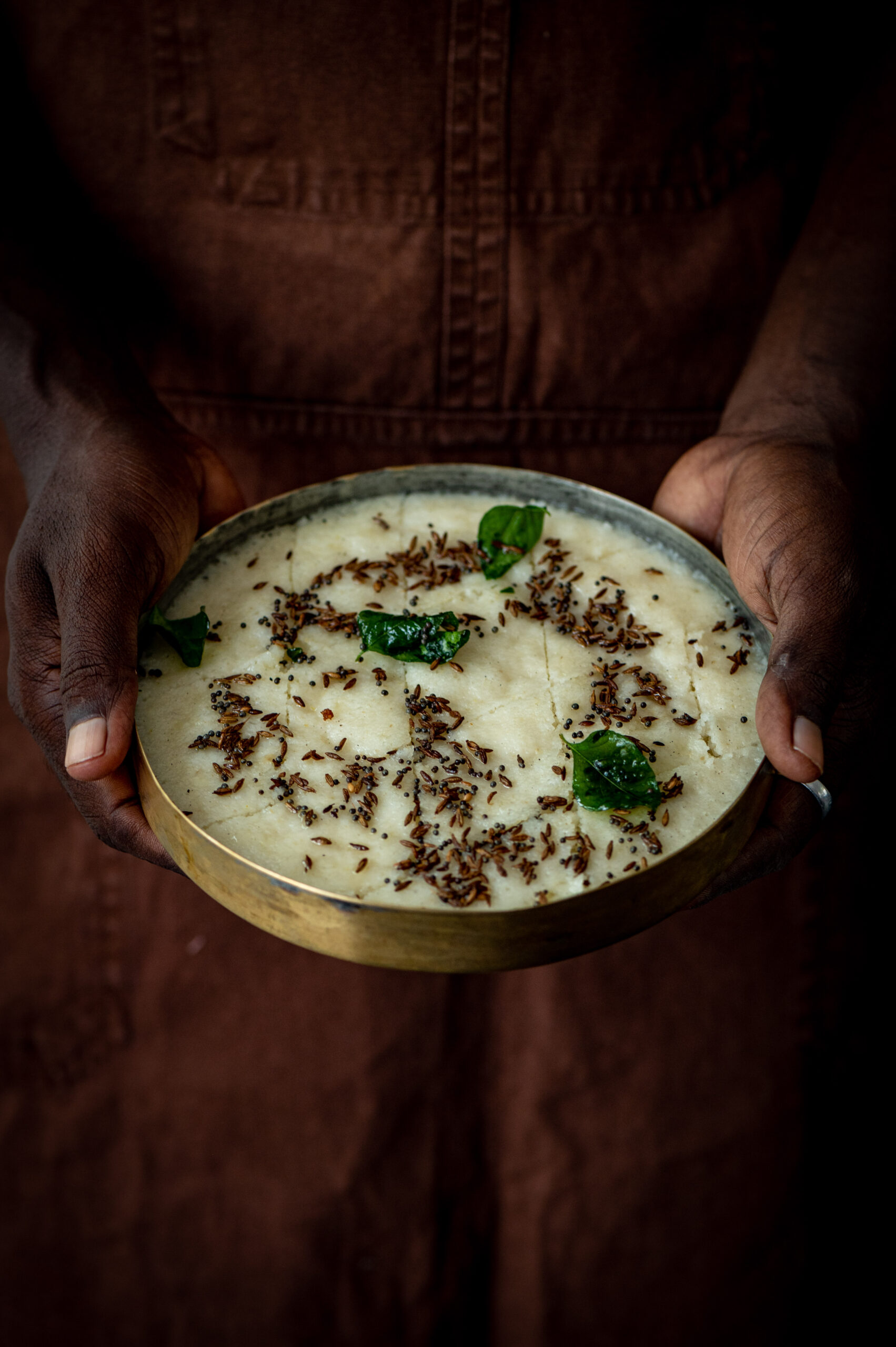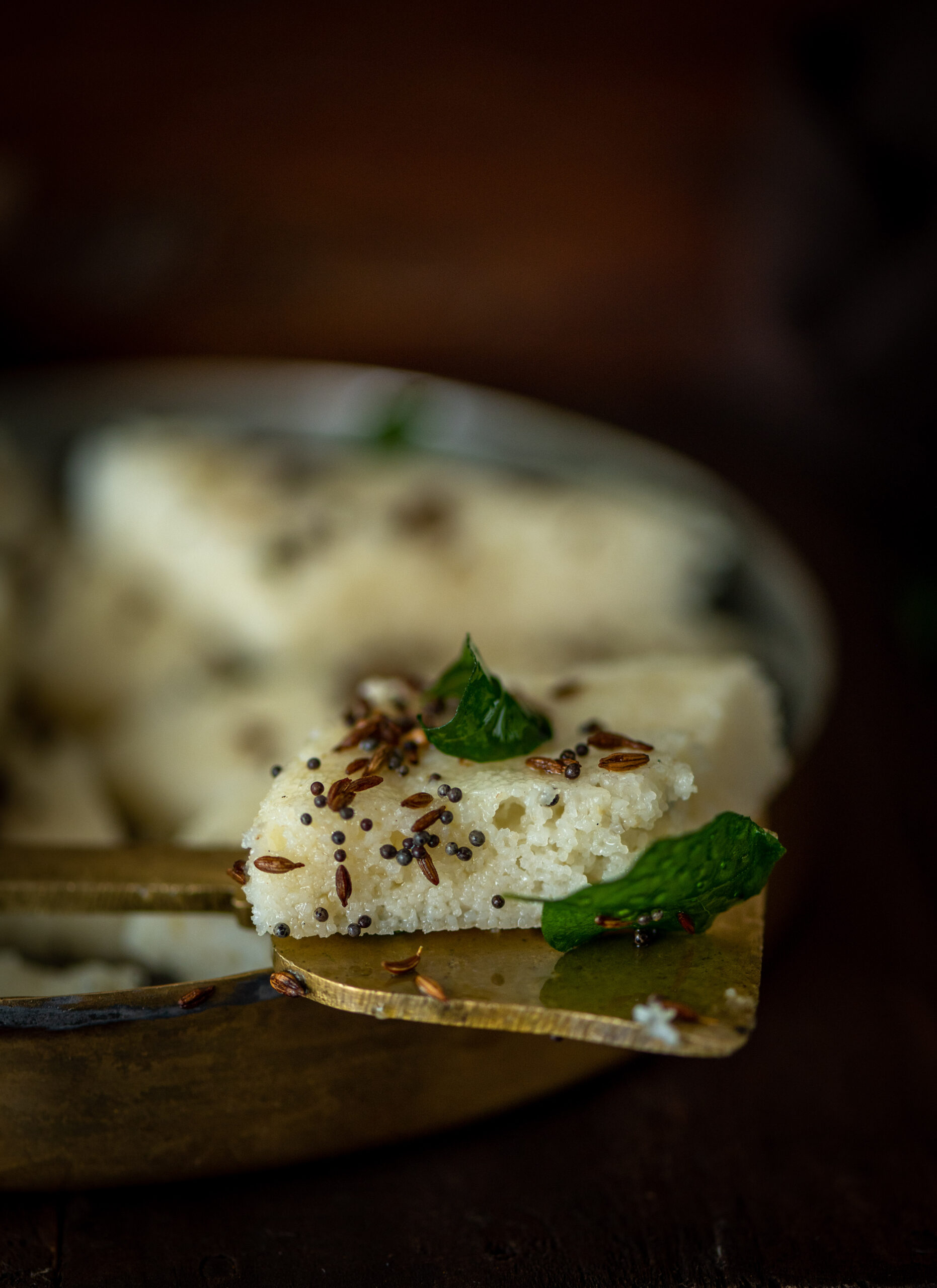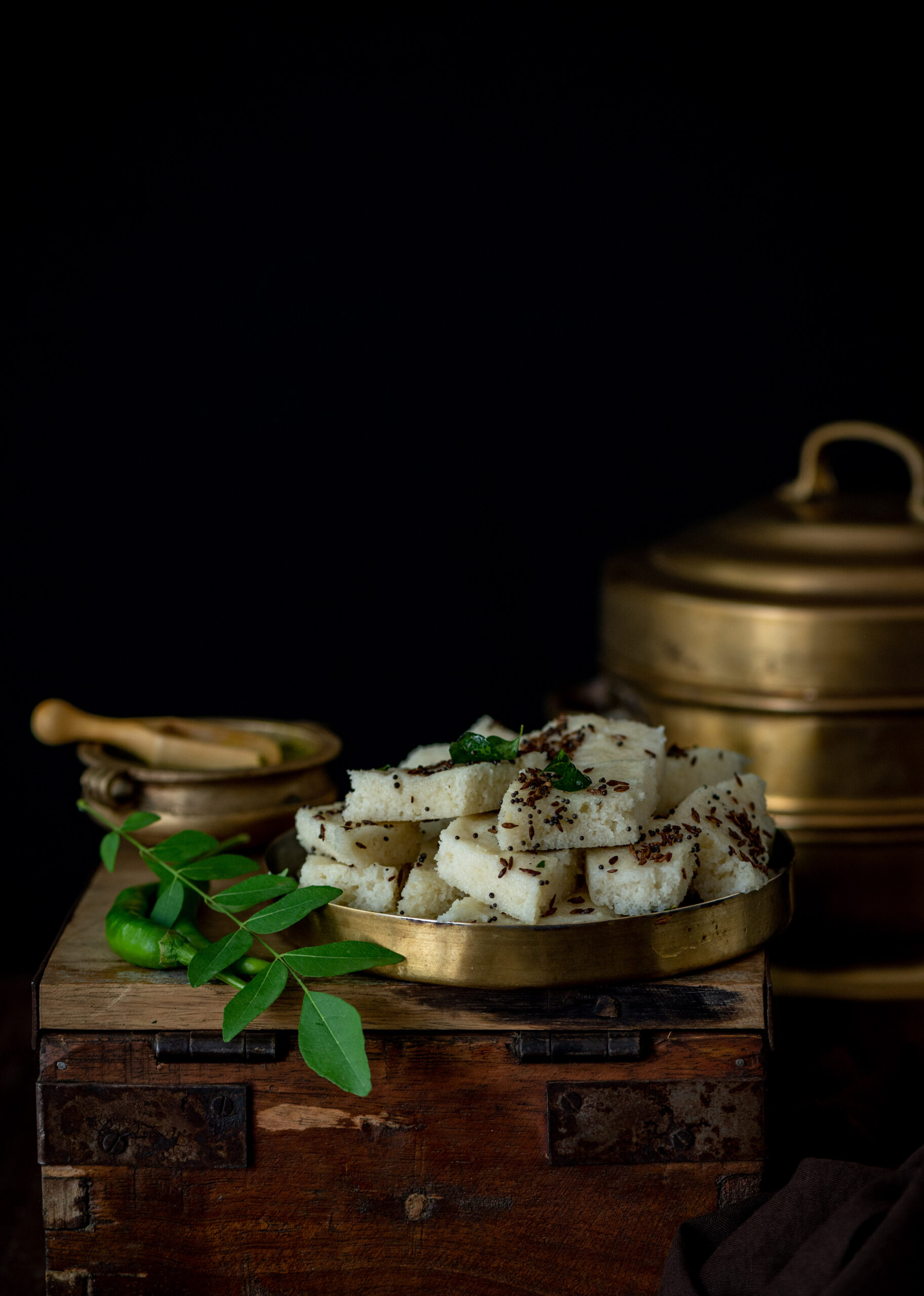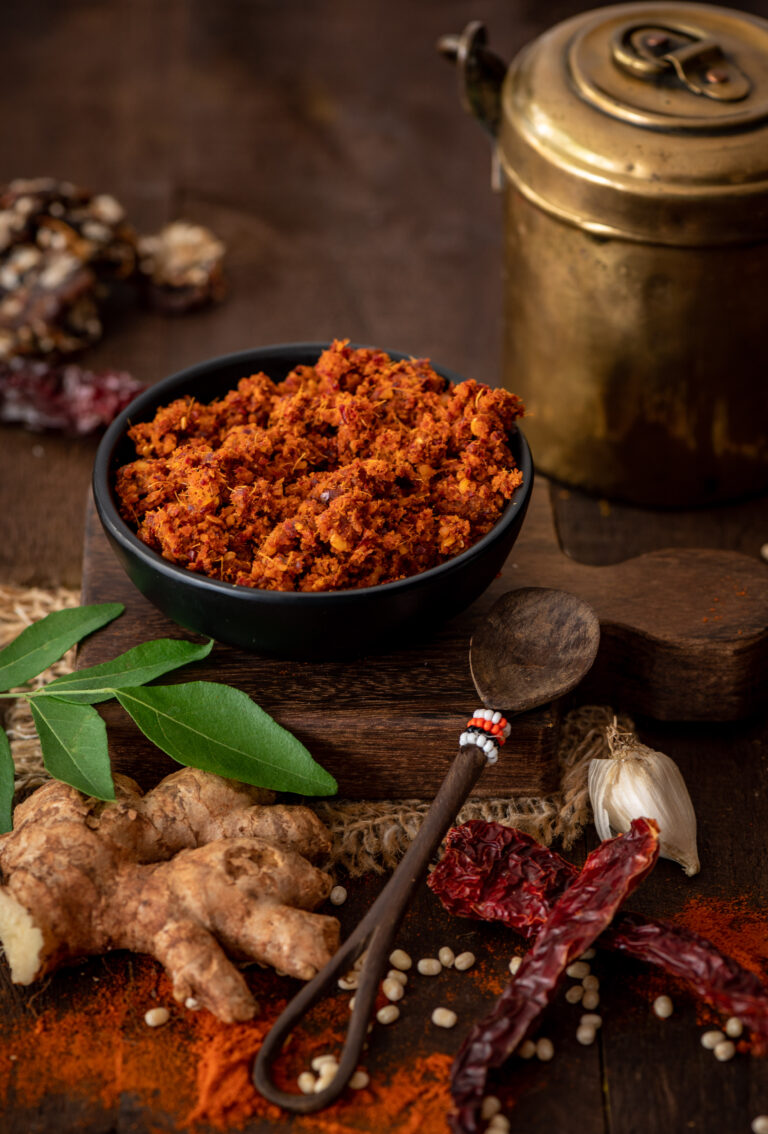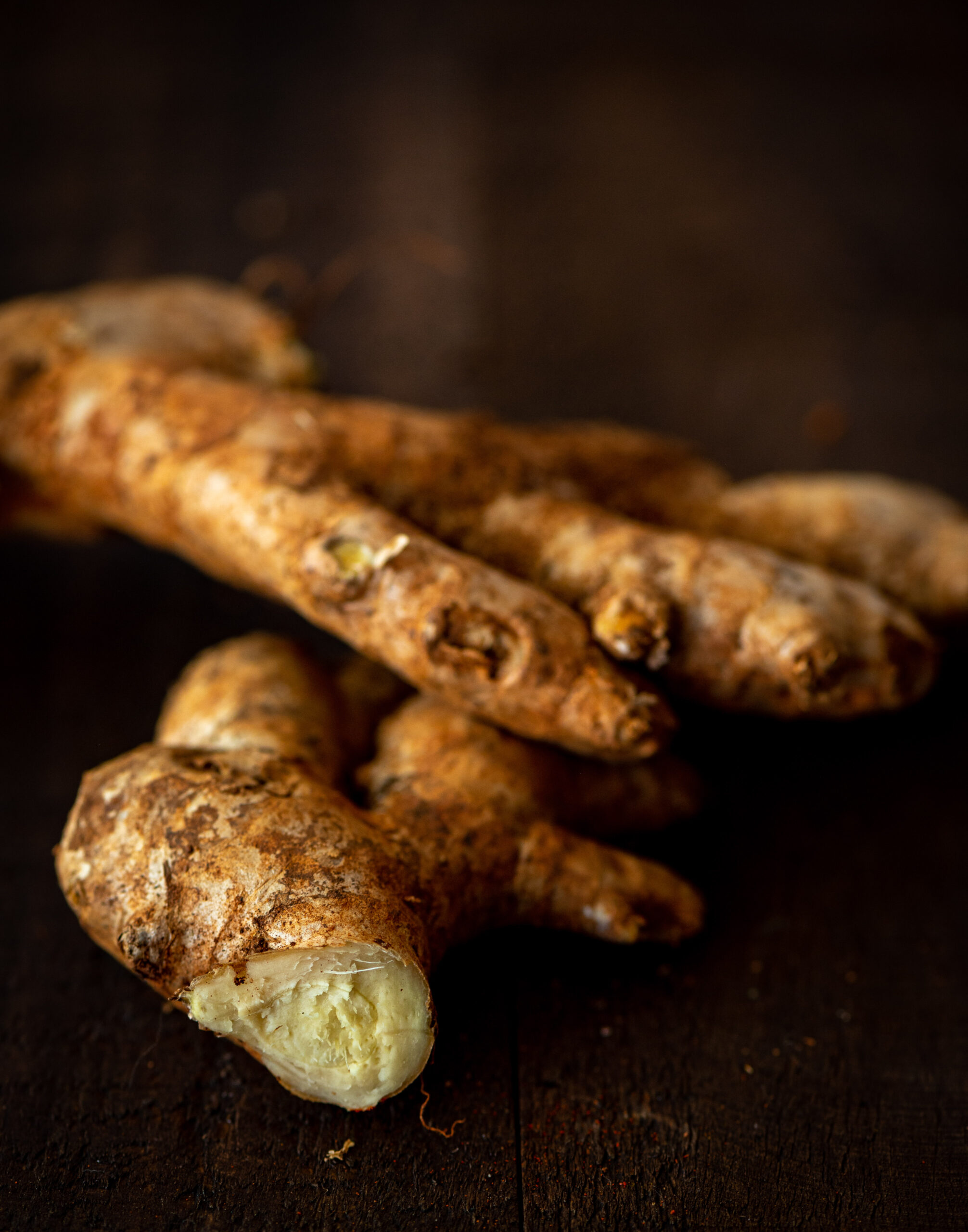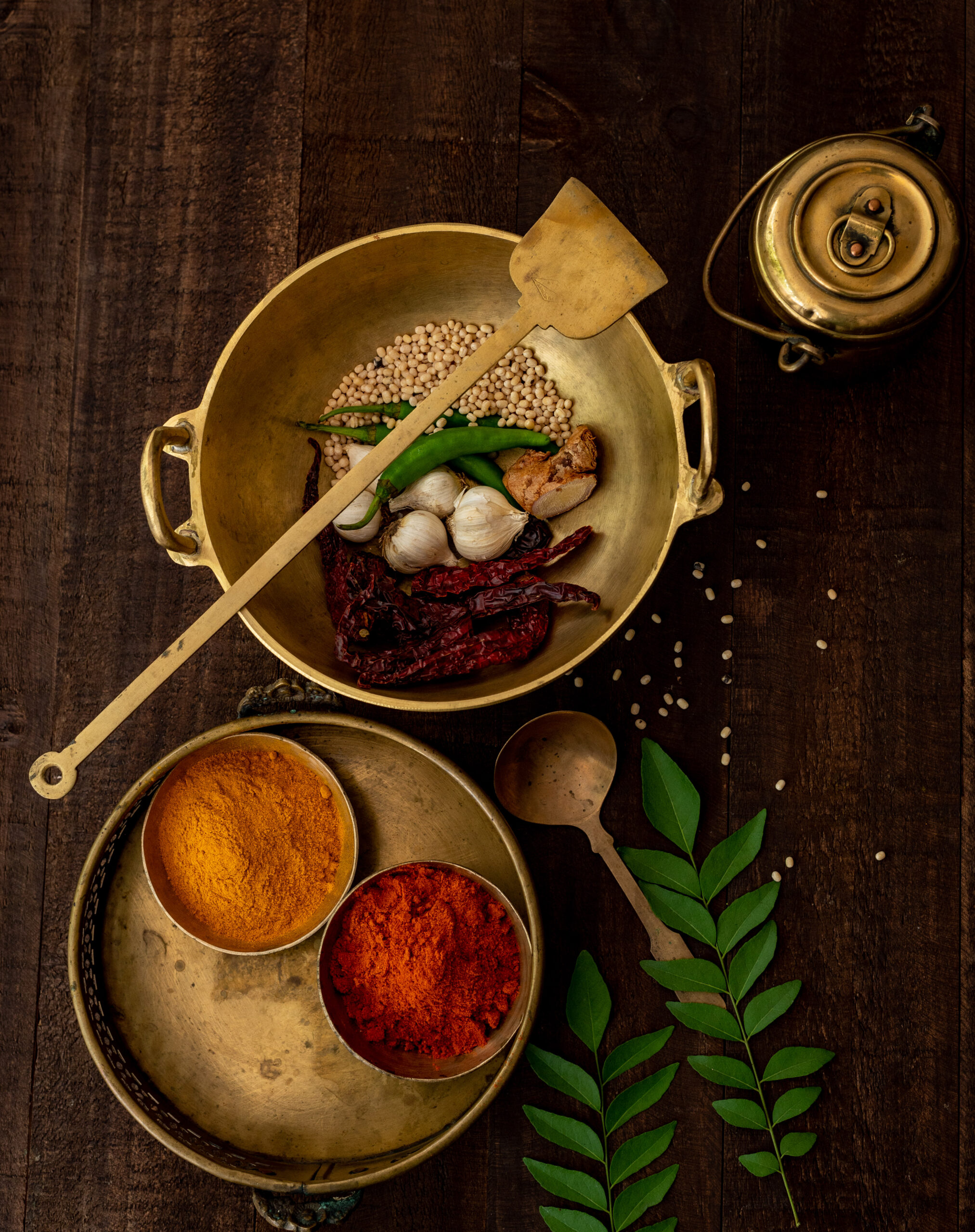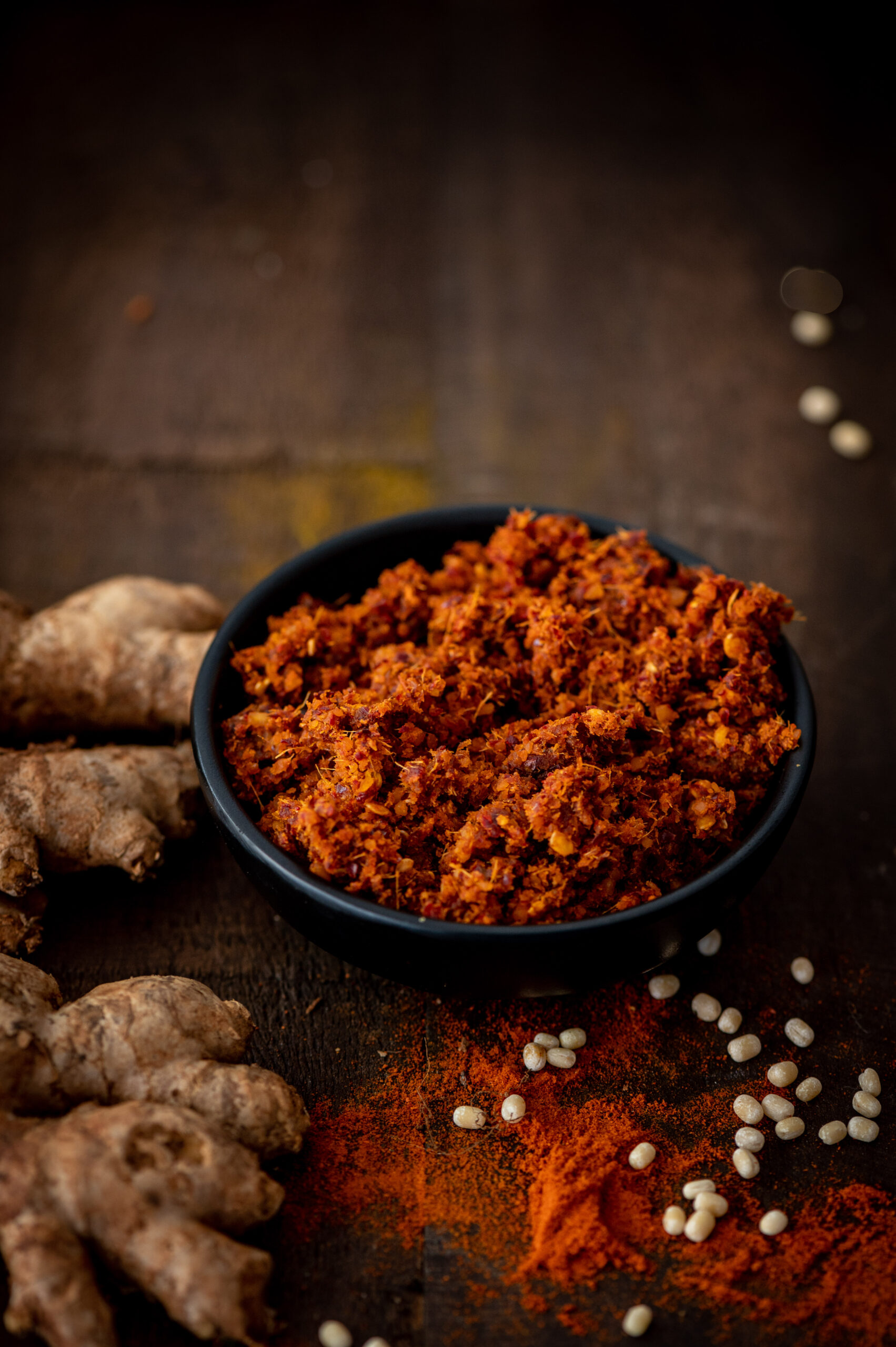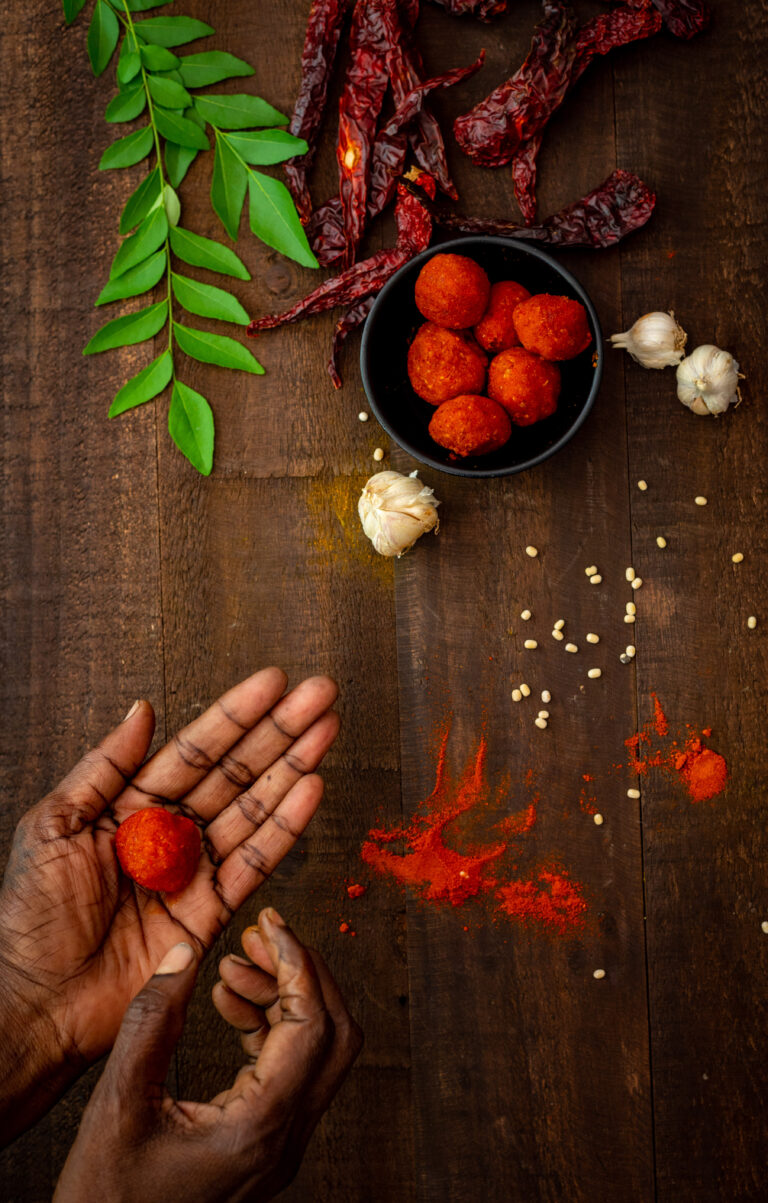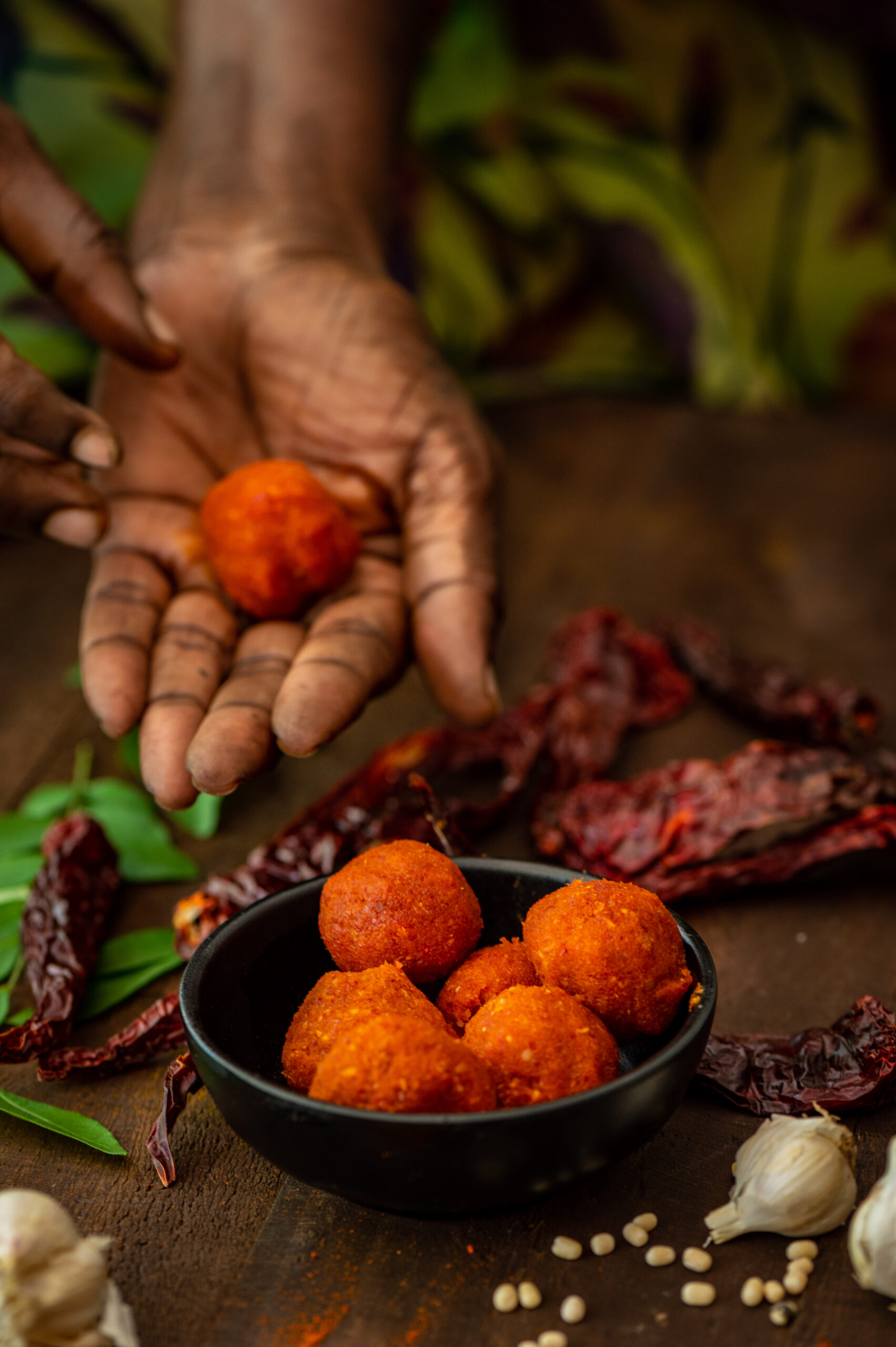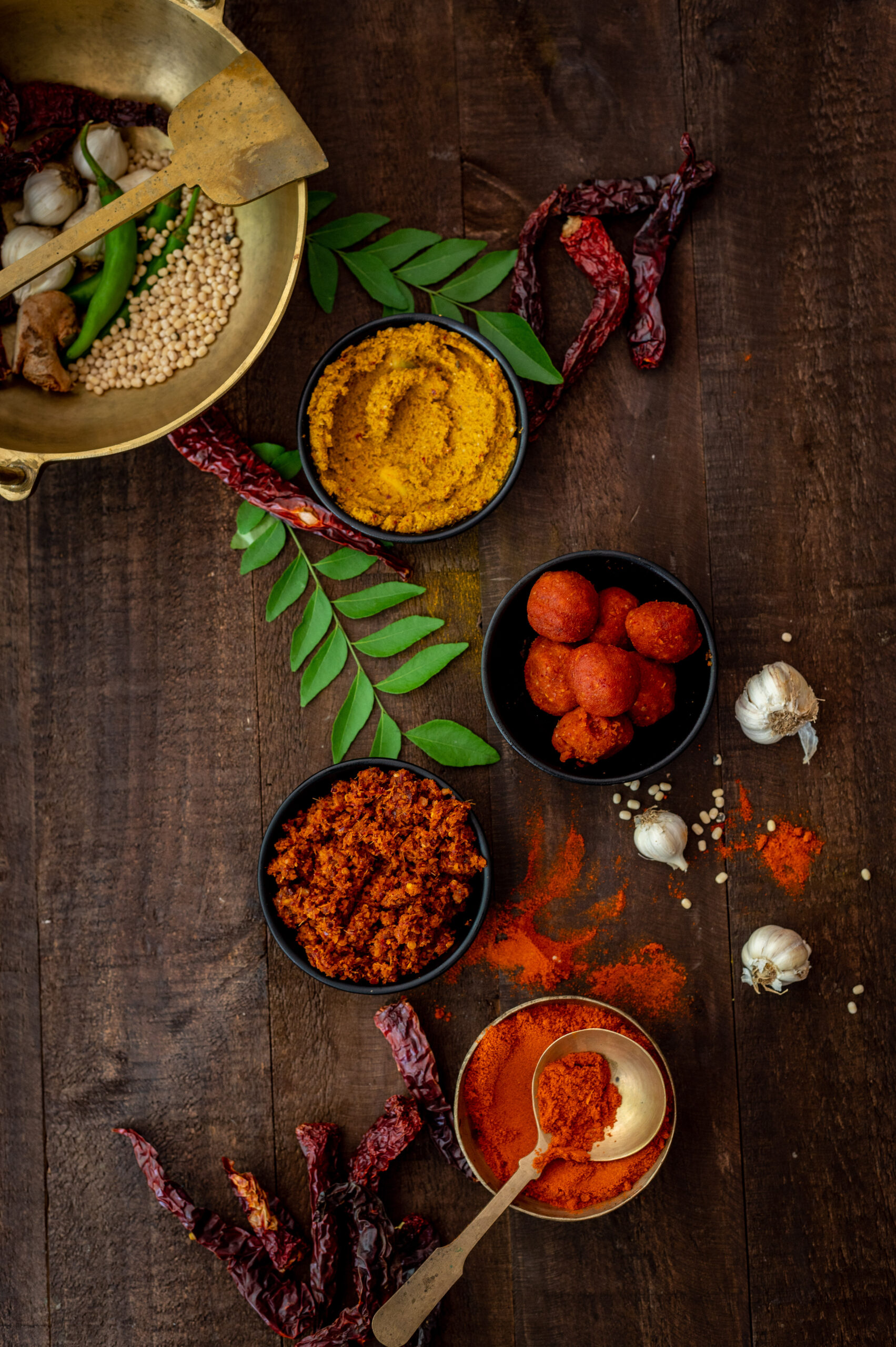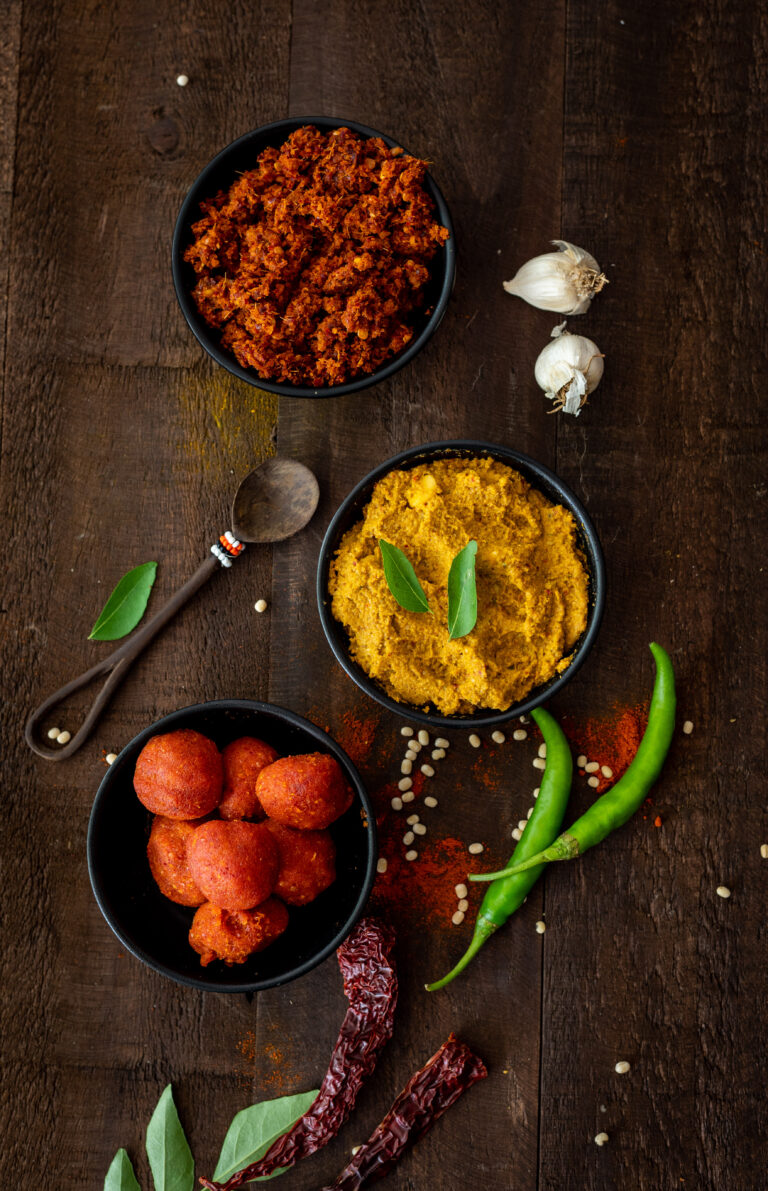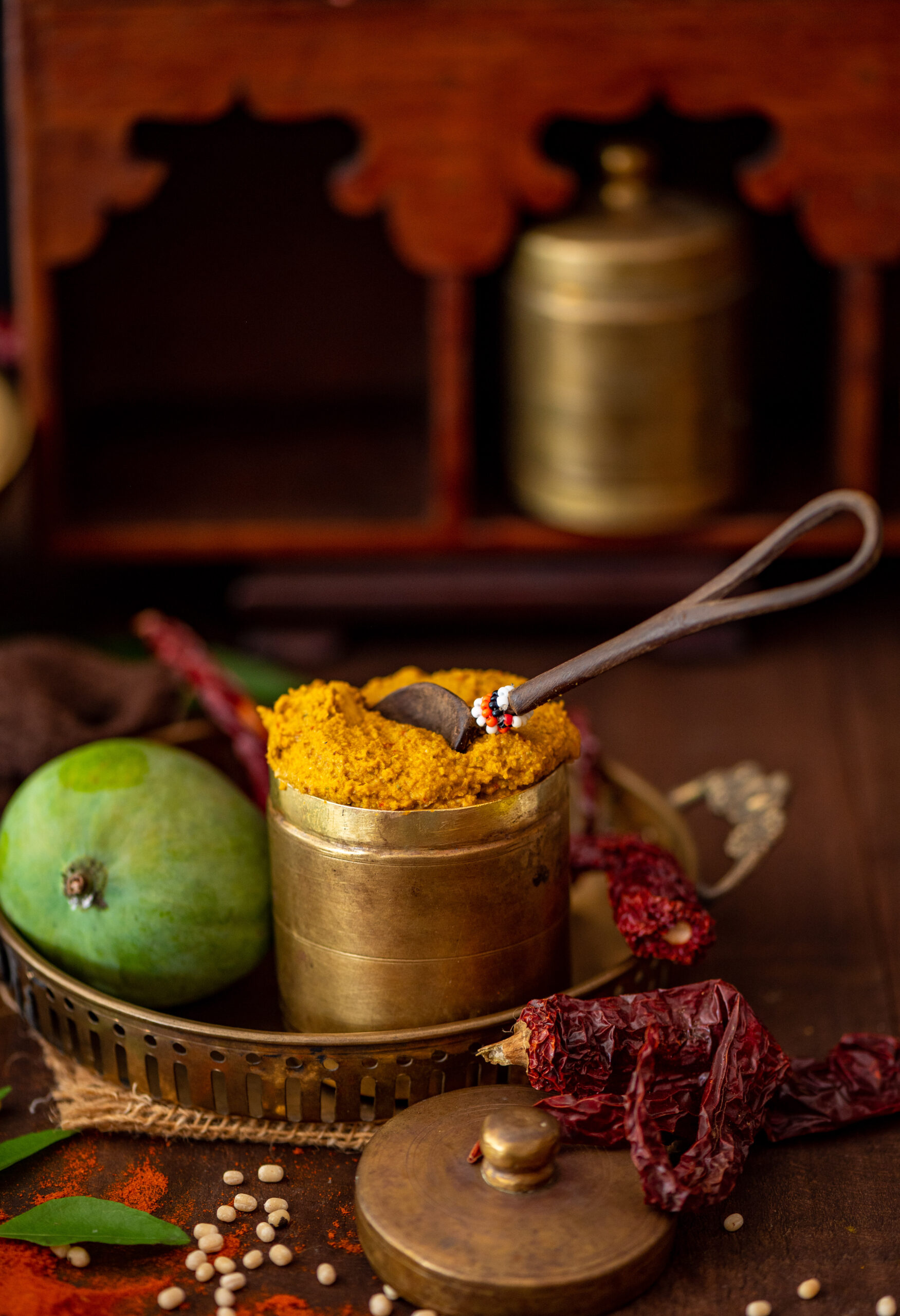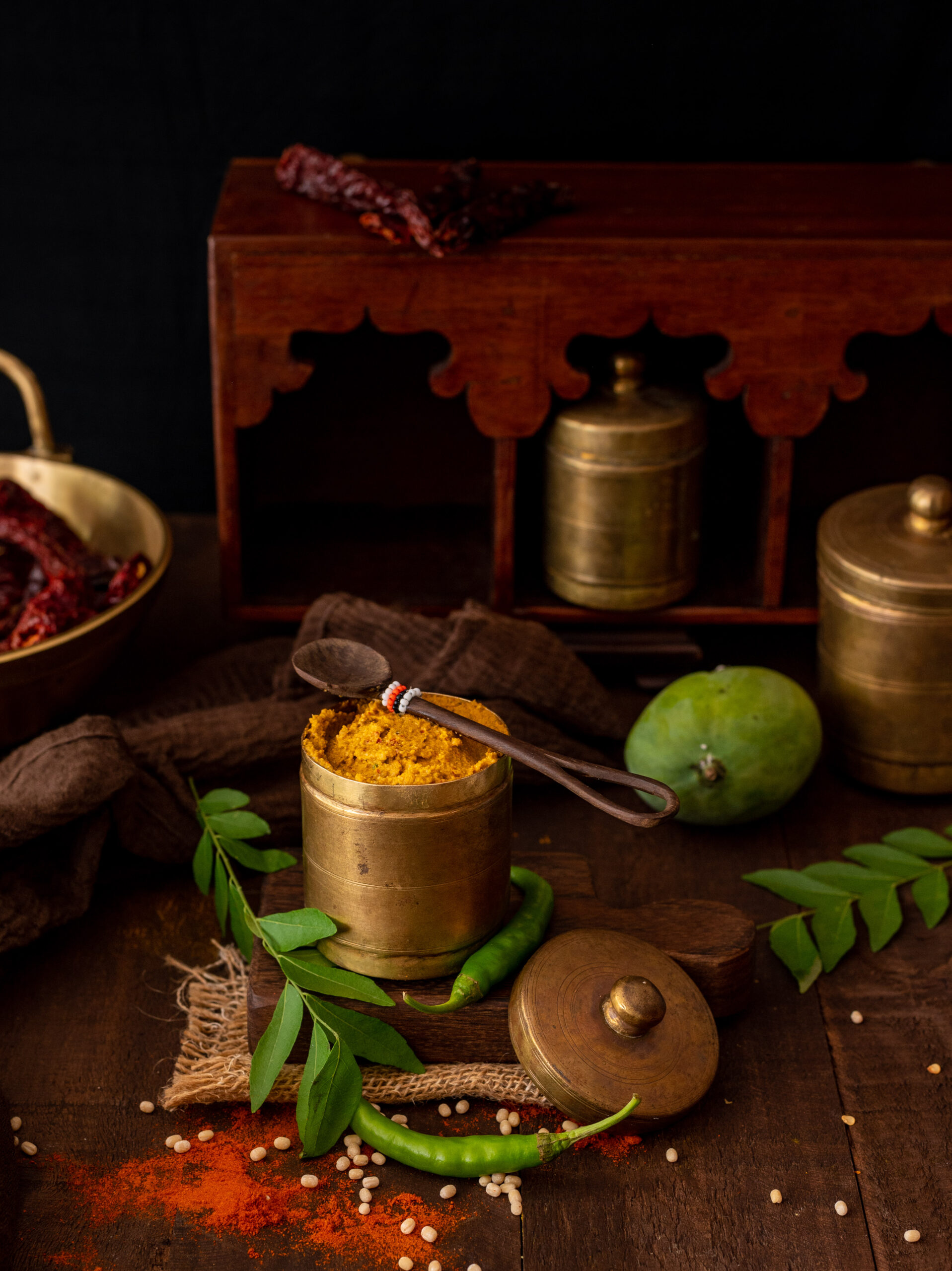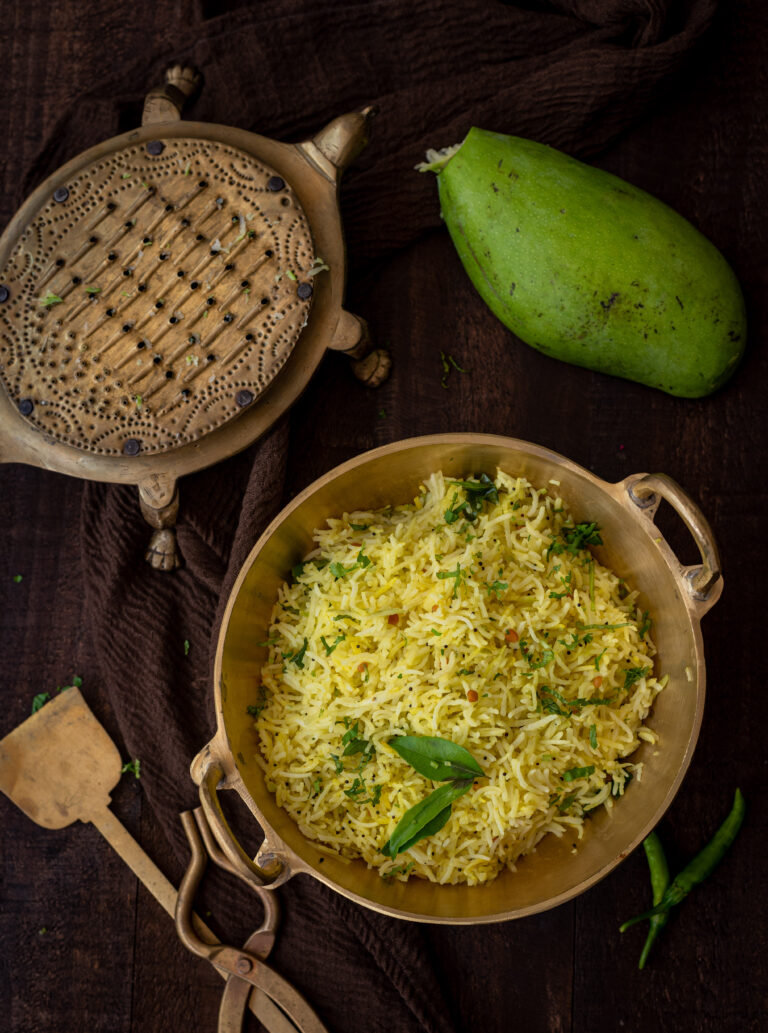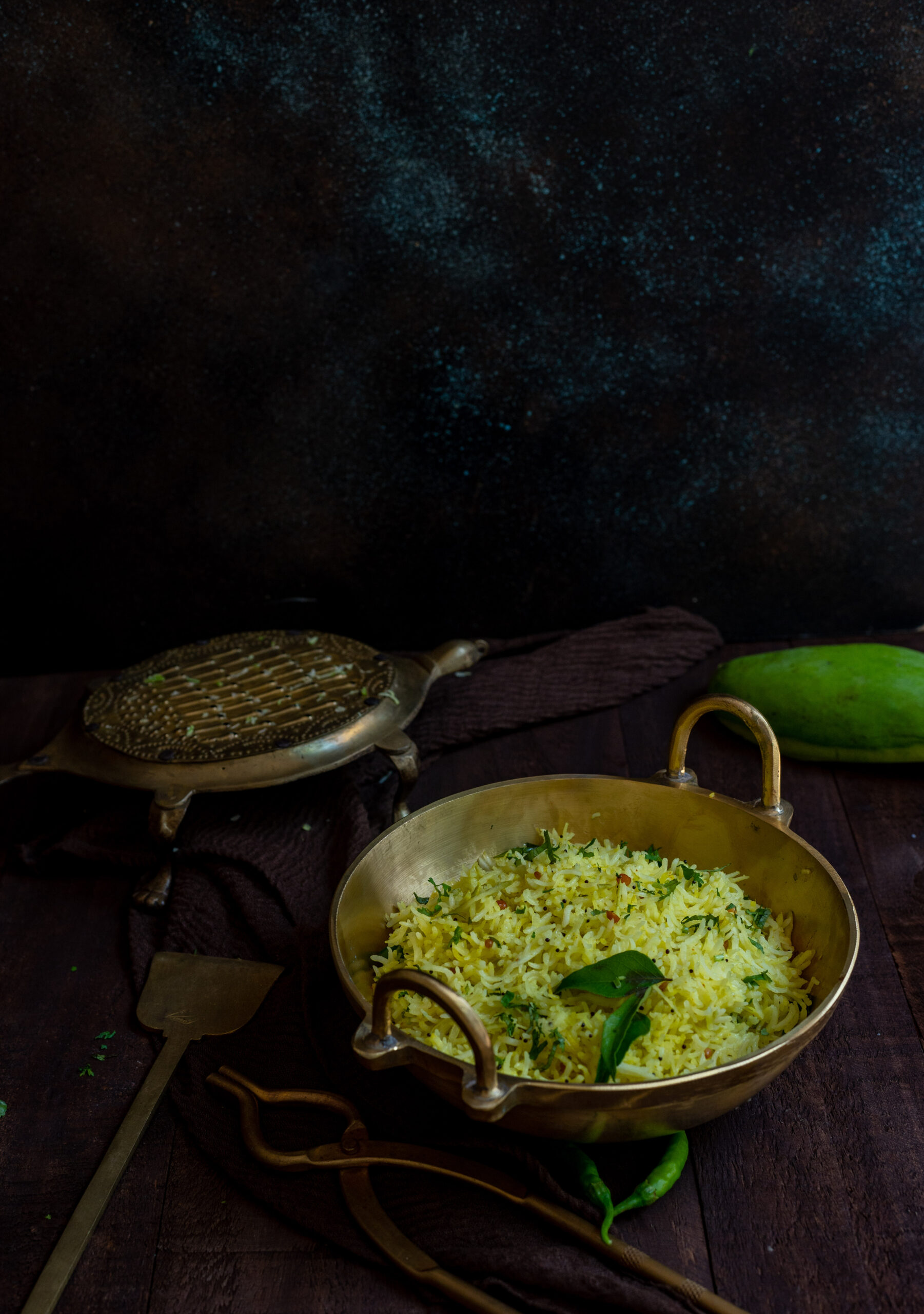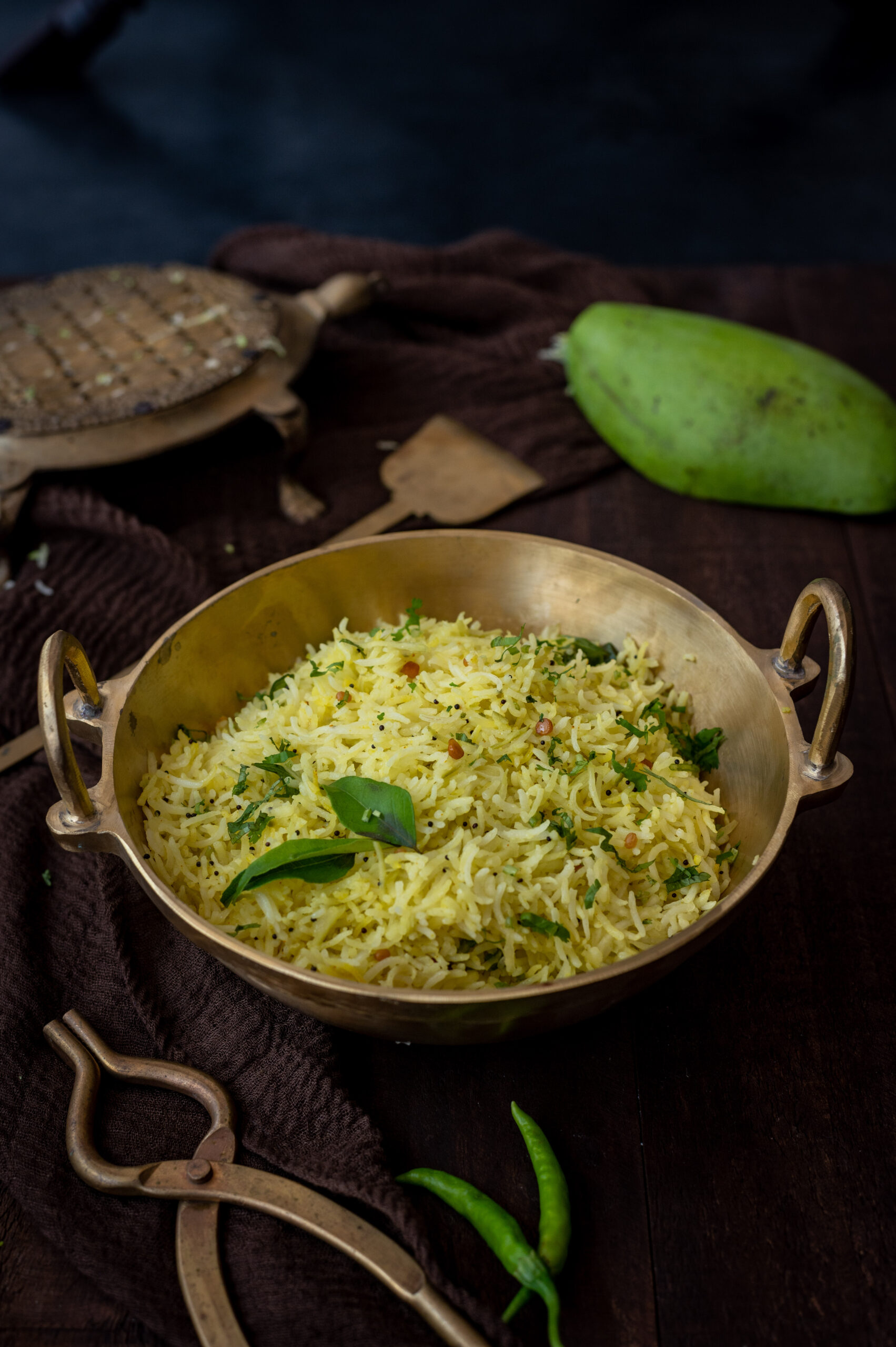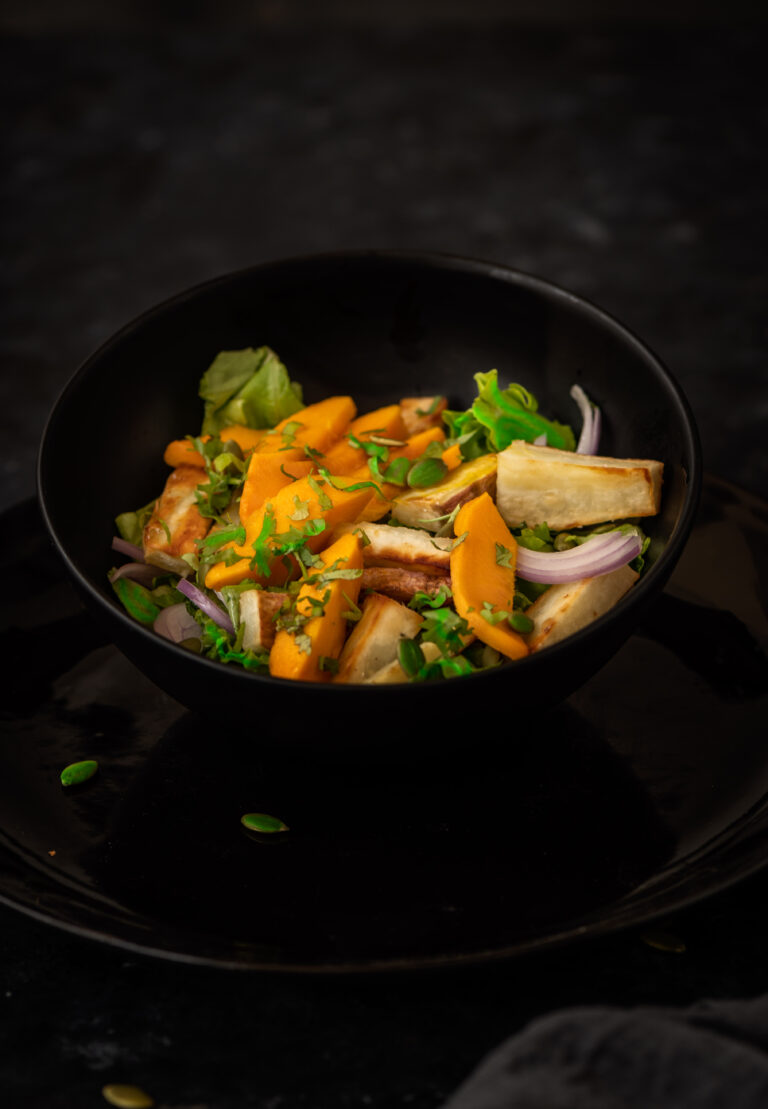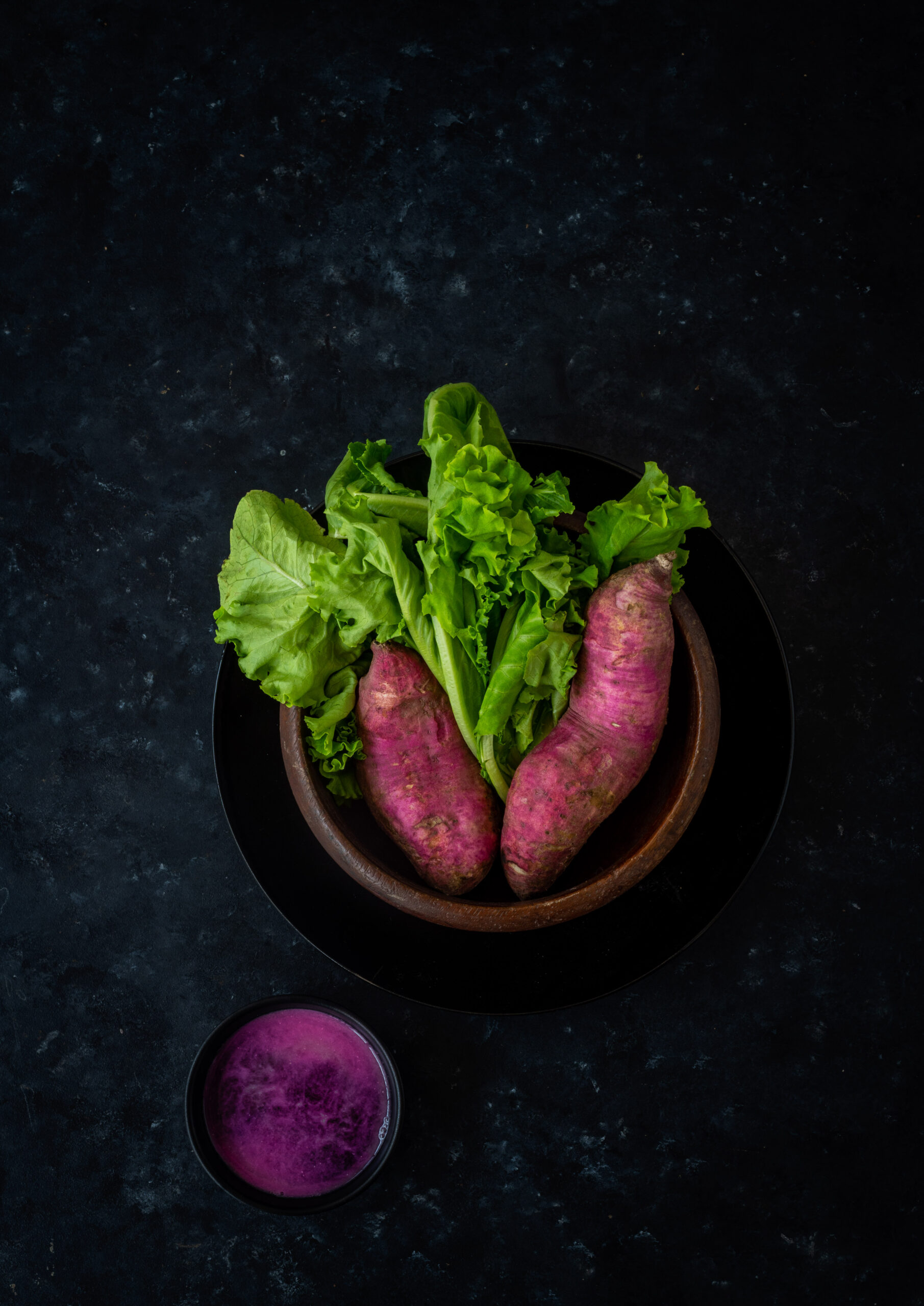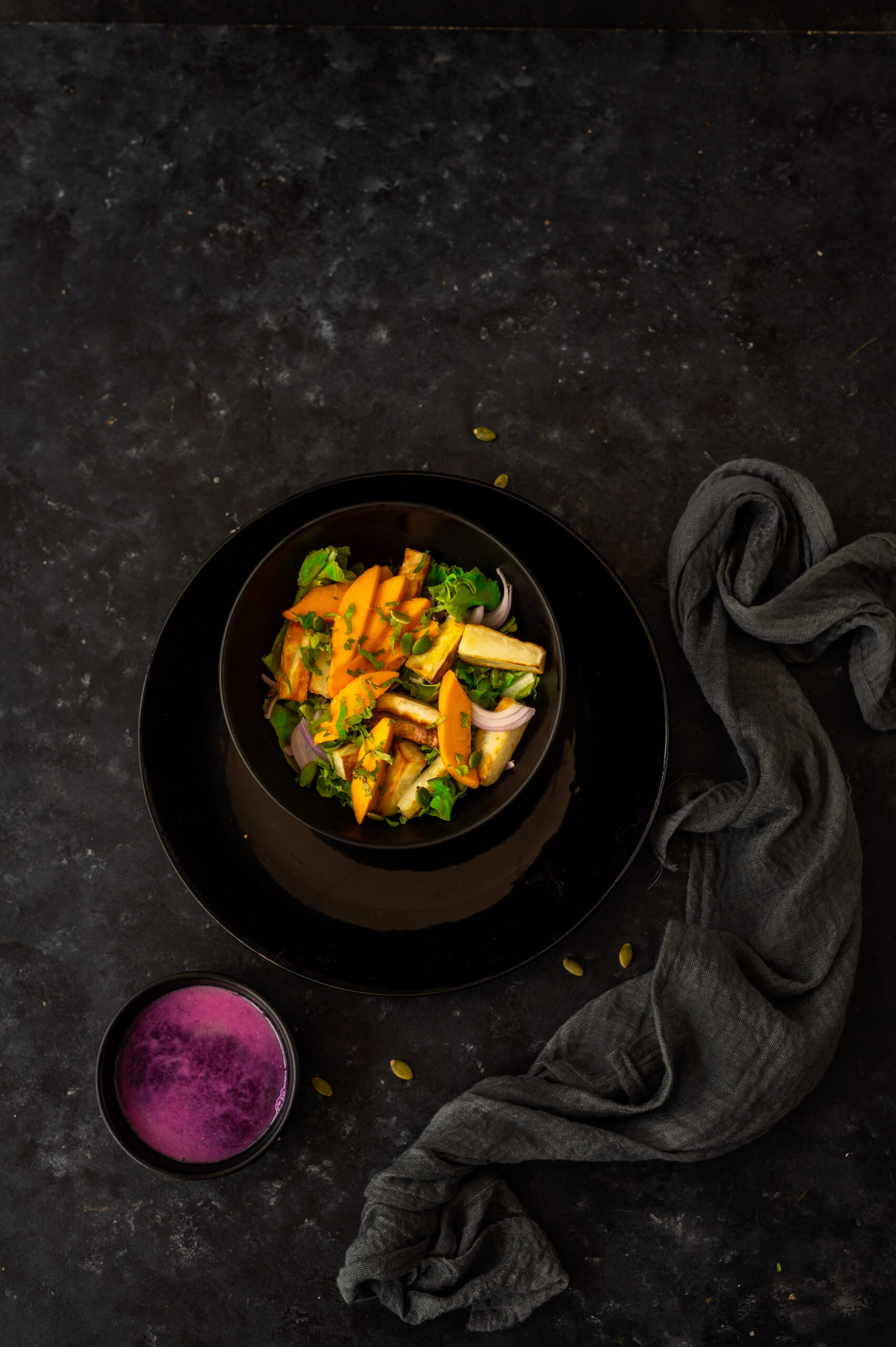As a Gujarati who was born and brought up in Tamil Nadu, I am lucky to have the advantage of knowing and being a part of both cultures. Naturally, this extends to the cuisines as well. Although what is served for lunch nearly every day at home is a standard Gujarati thaali, which consists of rotis, a sabzi or vegetable and some dal, you can see the influence of my multicultural upbringing in the style of of some of the dishes. For instance, the sabzi of the day may be something cooked in a South Indian preparation. This ridge gourd stir-fry, or peerkanga pirratal as we know it in Tamil, is one such recipe in my eclectic repertoire.
I grow ridge gourd on my rooftop, and terrace gardening has also shown me firsthand the beautiful logic of Nature, which has designed things so that the produce that is most nourishing for those who live in the local climate is what grows best in that land too. Take the ridge gourd: high in water content, rich with fibre and minerals, and therefore just perfect for the weather of Chennai wherein our energy is easily depleted by the heat. If you live here, loading up your lunch bowl with this ingredient gives you exactly the boost you need for the rest of the day.
Of course, rounding out the standard meal would be some form of carbs, also known as the bane of my life. So here’s the trick: the Buddha bowl trompe l’oeil. Serving style and visual presentation always impact our perception of what we’re consuming. By putting just two tablespoons of white rice into a bowl and filling the rest with this ridge gourd stir-fry, I don’t have that miserable feeling of holding myself back by skimping on the main part of the meal. Instead, the vegetables themselves become the main part of the meal. This dish is very much in the category of comfort food, and I sometimes literally eat bowlfuls of it!
This South Indian ridge gourd stir-fry is very simple, very unassuming and very wholesome. Just salt and turmeric are quite enough to enhance the natural flavour of the chief ingredient. In addition to the ridge gourd on my rooftop, there are coconut trees in my backyard that yield fruit all year around. I use my own homemade coconut oil and add freshly grated coconut to this dish too, so almost everything in this dish is homegrown and pure. Even a little kitchen garden can make such a difference to our cooking. There really is something special about cultivating and consuming our own ingredients.
Doing so is also a link to a traditional way of living and a traditional way of eating, and these are subjects I think about a lot, given how we need both of these for the sustainability of our planet. M husband and I love time-honoured dishes, but our adult children feel they require much more novelty and diversity in their diets. Being in sync with Nature and seasonal rhythms is important for our vitality too, and I wonder if this is something one becomes more aware of as we age and our palates change. Growing bodies and younger bodies with dynamic lifestyles do need more carbs and sugars, certainly. As discussed in my previous post, it’s quite interesting how kids and senior citizens have very similar tastes. I have been listening more and more to what my body, somewhere between those two extremes of life, needs. In my case, vegetables are what it often craves. If you’re the same, you’ll find much for your repertoire in this blog’s archives. While re:store is all about baked indulgences, the recipes here are more often than not about bringing pleasure and nutrition into everyday meals.
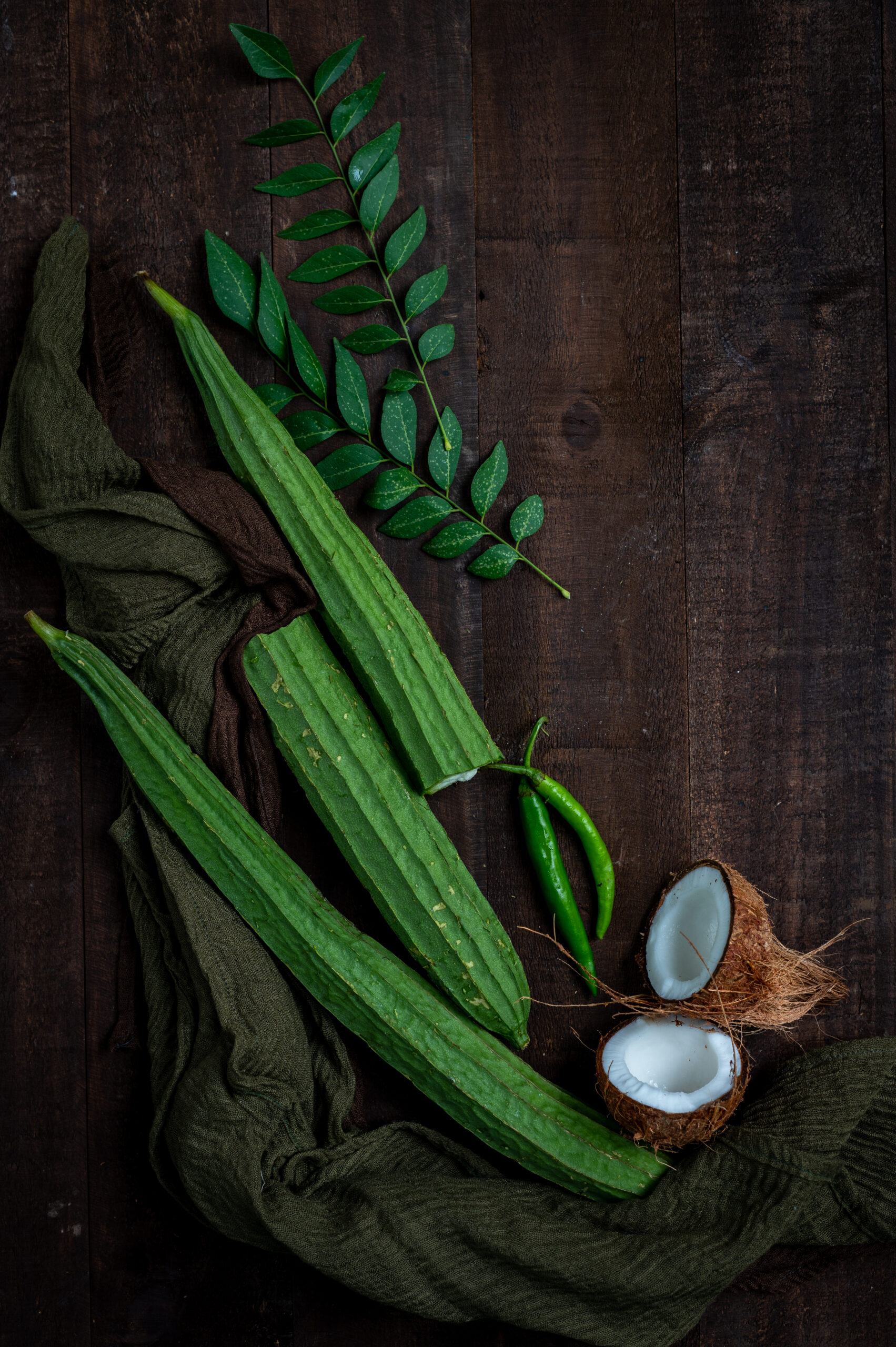
South Indian Ridge Gourd Stir-Fry
(Yield: Serves 2-3)
4 cups peeled and chopped ridge gourd
A few curry leaves
¼ cup grated coconut (optional)
2 tablespoons coconut oil
¼ teaspoon mustard seeds
¼ teaspoon cumin seeds
¼ teaspoon urad dal
Salt to taste
¼ teaspoon turmeric
½ cup water
1-2 green chillies
3 tablespoons soaked mung/yellow dal
In a pressure cooker, add the mung dal and the cut gourd. Add salt, turmeric and ½ cup of water. Allow to cook until tender (this should be about 2 whistles).
In another kadai, add the coconut oil. Once it has heated, add the mustard seeds, cumin seeds and ural dal. When they start to splutter, add the curry leaves.
Immediately after, add the vegetables from the pressure cooker and stir well. Once the concoction starts boiling, turn off the flame and add the grated coconut. You can skip this ingredient if you aren’t a fan, or if it isn’t available. Mix well. Garnish with coriander leaves and serve hot. This is usually an accompaniment to rice or rotis.
This South Indian-style ridge gourd stir-fry is a recipe I picked up along the way, and prefer to the Gujarati version that my mother used to make, which required chili and coriander powders. That said, sometimes it feels a bit painful when I’m confronted with very deeply-rooted authentic Gujarati dishes and find myself at a loss about how to prepare them. Fortunately, my sister who has had much more exposure to that cuisine is within reach, as well as friends and fellow bloggers, and I usually find what I’m looking for and learn through trial and error.
In fact, this gives me an opportunity to ask you: is it true that ridge gourd peel can be used in a chutney? Have you prepared this, and if so, would you care to share the recipe?
